In order to do justice to this city, we would probably have to write a whole book. Having been in the shadow of its “big sister” Lisbon for a long time, it is no longer unknown now, but one of the most popular tourist destinations in Western Europe. And deservedly so: UNESCO Old Town, double-deck bridge Ponte Luís I, river Douro and delicious vegan food make hearts beat faster. Whether as a city trip or a starting point to travel the north of Portugal – Porto is always worth it.
But not only this: Porto is one of the oldest cities in Europe, the second-largest city in Portugal after Lisbon, European Capital of Culture of 2001, has one of the largest public universities in the country and is considered the “capital of the north”. It is therefore no wonder that Porto has convinced us completely.

The origins of the town go back to the Castro culture, which settled from the 1st millennium BC until the 1st century BC in the northwest of the Iberian Peninsula. Then came the Greeks, who called the trading place Kalos (Greek “beautiful”). The Romans took the name as Portus Cale for a Celtic settlement just before the mouth of the Douro into the Atlantic. The city was dominated by the Moors from 716 to 868 and from 997 to 1050, before it finally fell under Christian rule during the so-called Reconquista in 1092.
Today, Porto is the most important industrial and commercial city of the country and a major transport center. The university, art academy, museums, theaters and the opera lift Porto’s position as an important cultural and scientific center of Portugal. The historic center of Porto on the north bank of the Douro, has been on the list of UNESCO World Cultural Heritage since 1996.
Matosinhos & West Porto
The port and industrial town of Matosinhos does not really belong to the city of Porto, but is treated as a quasi-urban district. For example, it can be reached by bus or by metro from Porto. It is located between the airport of Porto and the city itself. It is well-known and popular for its beaches. The sculpture She Changes, also known locally as Anémona (Portuguese “sea anemone”), by the American artist Janet Echelman, has been shown here since 2005.
The installation is Echelman’s first permanent public art installation and consists of three steel poles, cables, a 20-ton steel ring, and a net structure of varying densities and colors. Our interpretation of the artwork: Due to the changing, increasingly ethically motivated eating habits, the fishing nets are no longer used for fishing and henceforth serve as a memorial. 😉
Only one block from the beach away is the completely vegetarian bistro and shop called Raw – Comida & Granel. Here is almost everything unpacked, organic and for self-weighing. Besides food, there are vegan and eco-friendly cosmetic products and detergents to buy. Smoothies, soups, burgers and much more can be consumed directly on the spot or taken away, almost everything is vegan and a lot is gluten-free as well. In addition, cooking classes, yoga and shiatsu are offered. The focus is on a healthy and conscious lifestyle.
Address: Rua Heróis de França 601, Matosinhos
Only some beaches further south is the vegan-friendly Creperia La Bombarde. When we were there, there was a sweet crêpe and a savory galette (gluten-free buckwheat pancake) in vegan form. These are, just like all the vegetarian options, marked in the menu. However, the crepery also deals with special wishes and personal creations. We enjoyed it very much and we hope that they will expand their vegan offer in the future.
Address: Rua de Gondarém 239, Porto
Only about one kilometer further to the south is the 16th century fortress Forte de São João Baptista da Foz. As the name implies, it is located in Porto’s historical district of Foz Velha, Foz do Douro or simply Foz, which has been declared a Historic Monument since 2002. The Rio Douro, with nearly 900 kilometers the third-longest river of the Iberian Peninsula, flows here into the Atlantic.
Besides the two land bridges with the lighthouses Farol de Felgueiras and Farolins da Barra do Douro, the Jardim do Passeio Alegre is particularly worth seeing, which has been one of the most popular parks in the city since its opening in 1888. At its eastern end is the western terminus of the Linha 1 heritage tram, which winds along the Douro to the old town of Porto during a 23-minute ride.
Since we arrived on the first Sunday of the month, we actually wanted to go to the Museu de Arte Contemporanea da Fundação Serralves (“Museum of Modern Art of the Serralves Foundation”). It is the most important contemporary art museum in Portugal and housed in a museum building designed by Portugal’s star architect Álvaro Siza Vieira. The museum is located in the Parque de Serralves, a 18-hectare park, which was designed by the French landscape architect Jacques Gréber in 1932.
Therefore the entrance usually costs ten euros (five euros reduced). However, like many museums in Portugal, from 10 am to 1 pm on the first Sunday of the month, it is free! It was clear to us that this was not an insider’s tip, when we arrived punctually at 10 o’clock and saw the seemingly endless line at the entrance. As, after a few minutes of waiting, we saw a Yellow Bus passing by, we decided to first go into town to get a Yellow bus ticket there and then come back in the hope that the line would have vanished or at least shortened until then.
However, the festival of the students Queima das Fitas scotched that, because it took place in this very week. Accordingly, the streets were crowded and the traffic chaotic. Therefore, our plan to take the Yellow Bus back to the Museu de Arte Contemporanea de Serralves unfortunately failed. Probably we should have just stayed in line. So, if you want to visit the museum free of charge on a first Sunday of the month, you need to have enough time and patience.
In the evening we went to in the vegan-friendly Essência Restaurante Vegetariano, which offers special and fancy creations. Despite the very chic, upscale ambience, the prices are rather low. Both the presentation as well as the taste of the gourmet food could convince us completely. The many vegan options are clearly marked in the menu. So if you are looking for a fine dining, this is the perfect place!
Address: Rua de Pedro Hispano 1190, Porto
The Casa da Música concert hall, opened in April 2005, is just a few steps away. It was designed by the Dutch architects Rem Koolhaas and Ellen van Loon and attracts immediately attention through its unusual architecture. It is located at the roundabout Rotunda da Boavista with the Praça de Mouzinho de Albuquerque in the center. Here, the Monumento aos Heróis e Mortos da Guerra Peninsular monument sticks up in the air. It commemorates the victory of the British-Portuguese alliance against Napoleon’s troops, symbolized by a lion pouncing on an injured eagle.
Peacocks stroll freely through the Jardins do Palácio de Cristal (Portuguese “Garden of the Crystal Palace”). The Pavilhão Rosa Mota event hall, built in 1952 on the site of the former Crystal Palace, was renamed to the honor of marathon runner Rosa Mota in 1991. The 10,000 seats hall is mainly used for basketball games and as a concert hall. From here you can admire the sunset over the Douro.
Ribeira: Porto’s Old Town
The hilly old town of Porto, which has been registered as a UNESCO World Heritage Site since 1996, is popularly known as Ribeira (Portuguese “Riverside”). Starting from the shore of the Douro, narrow streets with dense houses building wind upwards and thus form a terraces-like structure. Connected by the bridge Ponte Luís I, the sister city of Vila Nova de Gaia is located across on the other side of the Douro.
On the north-western edge of the old town, right on the Praça de Carlos Alberto, is the upscale restaurant O Caçula. Here you can sit on three floors indoors or outside, wind-protected and heated. In addition to really good smoothies, there are also vegan eating options, which are lovingly prepared and served. Since it is also a gourmet restaurant, you should plan your budget a bit higher here.
Address: Praça Carlos Alberto 47, Porto
Not even 200 meters further south is the Igreja do Carmo. The baroque church, built between 1756 and 1768, is decorated with azulejos on the side facade. The pictures made of the blue-painted and glazed ceramic tiles are found frequently in Porto, for example in the Casa da Música or in the station São Bento. Across from the Igreja do Carmo is the Universidade do Porto, which, founded in 1911, is one of the largest state universities in Portugal.
Just a stone’s throw away is the bookstore Livraria Lello, which is rumored to have served Joanne K. Rowling as an inspiration for Hogwarts. The Harry Potter author lived in Porto for some time in the early 1990s and is said to have lingered also in this bookshop. The bookstore opened in 1906 and is considered one of the most beautiful in Europe and the world. Since 2015 visitors are required to pay an entrance fee of a few euros, which can be charged with a purchase.
Opposite is the Praça de Lisboa, which with the Passeio dos Clérigos is, in our opinion, one of the most beautiful squares in the city. Over the partially covered passage is located on the second level the Jardim das Oliveiras, a park with 50 olive trees. Inaugurated in Novermber 2015, the Passeio dos Clérigos connects the Livraria Lello with the Torre dos Clérigos. By the way, it is also home to Costa Coffee, a cafe chain that offers drinks in the Starbucks style with soy milk – but is much cheaper.
On the other side of Passeio dos Clérigos is the Torre dos Clérigos, with 76 meters the tallest church tower of Portugal and one of Porto’s landmark. It was built between 1754 and 1763 by the Italian architect Niccolò Nasoni and once served as a guide to the sailors. For a fee you can climb the six floors with a total of 225 steps and so enjoy a good view over the whole city.
Not far away is the Praça da Liberdade, considered by many as the central square or the “heart” of Porto. It is located at the southern end of the boulevard Avenida dos Aliados, in its center is since 1866 an equestrian statue of Portuguese king Pedro IV. At the northern end of Avenida dos Aliados is the City Hall (Câmara Municipal do Porto), designed by the English architect Barry Parker in neoclassical style in 1916. Directly behind the town hall is the Igreja da Trindade, which was built in neoclassical style in the 19th century.
Just around the corner is the Estação de São Bento train station, designed by architect José Marques da Silva from Porto. First trains already went here in 1896, but the building itself did not go into operation until October 1916 after about 16 years of construction work. The entrance hall was designed by the painter Jorge Colaço in 1930 with extraordinary Azulejo paintings depicting historical scenes such as the conquest of Ceuta, but also the everyday life in the country or the history of the transport system.
The viewpoint Miradouro da Vitoria is actually only a gravel place, but offers a magnificent view over the Douro and the roofs of the city. And: It’s free! From here you can also see the Cathedral Sé do Porto which characterizes the entire cityscape due to its elevated location. It was built in the 12th century as a Romanesque fortified church, then changed in the Gothic style and completely rebuilt in the 17th and 18th century. Despite these modifications, its original character of a fortress remained. Like the entire old town, the cathedral is considered a World Heritage Site by UNESCO since 1996.
On the way, however, we first passed the church Igreja de São Lourenço, also known as Igreja dos Grilos, from whose squares you also have a beautiful view over Porto. From there leads a stair to the Terreiro da Sé, the forecourt of the cathedral, from which you also have a good view. Right next to the cathedral is the Bishop’s Palace. To the east of the cathedral is preserved a part of the original Roman city wall.
The Avenida Vimara Peres already leads to Porto’s next highlight, namely the two-story arched bridge Ponte Luís I, designed by Eiffel student Théophile Seyrig. The bridge was inaugurated in 1886 by King Louis I of Portugal (Dom Luís), whose name it bears. It belongs to the area of the historic center of Porto and therefore also to the UNESCO World Heritage since 1996. It connects Porto with Vila Nova de Gaia on a length of 385 meters. The upper level road is traveled on two tracks by the light rail trains of the Metro do Porto. The lower level is a road bridge, it connects the arc endpoints and is attached to the railway bridge. Both levels are accessible to pedestrians.
Arrived on the other side of Ponte Luís I in Vila Nova de Gaia, it is worth the climb to Mosteiro da Serra do Pilar, not necessarily for the monastery, but rather to enjoy the perfect view of the bridge, the Douro, Porto and the two river banks. Also from the Antigo Casino da Ponte you can shoot beautiful photos with the bridge and Porto especially at sunset.
Vila Nova de Gaia is the center of port wine production. The bars and restaurants at the Cais de Gaia (the promenade of Vila Nova de Gaia, to the west of Ponte Luís I and opposite the old town of Porto) are the most important tourist destination in the city. The Rabelo boats formerly used for port wine transport today have only a tourist function though.
The especially in the evening very busy Praça da Ribeira, with the illuminated Ponte Luís I in the background, is particularly beautiful on the northern river bank of the Douro. To the east of Ponte Luís I is the funicular railway line Funicular dos Guindais and the Muralha Fernandina, a part of the medieval city wall. Not far from here is the Praça da Batalha with the Teatro Nacional São João, built in 1794, and the Igreja de Santo Ildefonso, built in the 18th century, whose exterior façade is decorated with azulejos.
This is where the Rua de Santa Catarina, a shopping boulevard, starts, parallel to Avenida dos Aliados, about 300 meters east. With the house number 112 is just a few steps from Igreja de Santo Ildefonso the probably most famous café of Porto, the Café Majestic. It is an Art Nouveau coffee house with original interior decoration from the 1920s and has been a protected monument since 1983. Joanne K. Rowling wrote the first chapters of the first Harry Potter book here during her time in Porto in the early 1990s.
Just 500 meters away is the purely vegan restaurant Árvore do Mundo. It has two entrances: one to the street and another to the terrace on a quiet and green square. Pets are also welcome here. In addition to an art gallery, many books and toys for children, there is of course food here: the daily changing menus are complemented by burgers and plenty of desserts. The meals are prepared with love and taste just as good as they look.
Address: Rua Duque de Loulé 228, Porto
East Porto
To the east of the center is the railway bridge Ponte Maria Pia, designed by Gustave Eiffel from 1876 to 1877, which, however, has now been taken out of service. The bridge is often confused with the two-storey Ponte Luís I in the center of the city. The rails lead to Campanhã, a railway station outside the city center, which is the starting/end point of the main railway line in Portugal, Linha do Norte. From here, the cities south of Porto Aveiro, Coimbra and Lisbon, as well as Braga in the north of Portugal can be reached directly.
A few steps away from Árvore do Mundo, there is another vegan-friendly restaurant called Duas de Letra, located at the Jardim de São Lázaro. A little further to the east there is even a vegan-friendly accommodation, namely the Canvas Atelier Hostel (booking.com with 15 € discount), where we stayed two nights. They were not only kind enough to get us soy milk and vegan margarine for breakfast, but even organized a vegan dinner party. In addition to the good location, the stylish decor, the chic bathroom with bathtub, the balcony, the shared kitchen and the cozy dining room speak for themselves.
Address: Rua Barão de Sao Cosme 264, Porto
A little further outside, namely in the north-eastern suburb of Rio Tinto, next to the shopping center Parque Nascentre is the completely vegan VGood. It’s a café and a shop at the same time, and on Friday evenings even serves the local dish of Porto: a vegan version of Francesinha. For those who don’t know it: It’s pretty much the most unveganst dish you can imagine. Toast with ham, Linguiça sausage, beef steak or roasted beef and cheese, sometimes topped with a fried egg. So if even that is possible to veganize, what isn’t?
Address: Rua da Ranha 378, Rio Tinto
Day trips from Porto
Porto is an excellent starting point for various day trips in Região Norte and Região Centro. Braga and Guimarães are not even at 50 kilometers as the crow flies, and also a trip to Aveiro and Coimbra is worth it.
Braga, with its many churches and cathedrals, is considered one of the most religious cities in Portugal and additionally has the probably most beautiful staircase in Portugal, the baroque staircase Via Sacra to the Bom Jesus do Monte. It is the second-largest city in Northern Portugal after Porto.
Guimarães, on the other hand, is not particularly large in terms of population, but as the birthplace and first capital of Portugal and the “cradle of the nation”, is of great importance to the country. The Council of the European Union has declared the city the European Capital of Culture 2012. Since 2001, its historic center has been a UNESCO World Heritage site.
The canal town of Aveiro is a little further from Porto, but not less worth seeing. In addition to a beautiful, compact old town and free bike hire, the “Venice of Portugal” provides a great vegan offer.
Also the university town of Coimbra can be reached in about one hour from Porto by train. With the University of Coimbra founded in 1290, the city is home to one of Europe’s oldest universities, which became a World Cultural Heritage in 2013. In 2003 it was Portugal’s capital of culture.
Even the capital Lisbon can be reached by train in less than three hours. If you take, for example, the train at 9:47 am from Porto-Campanhã station to reach Lisbon at 12:30, you’ll have about seven hours time until one of the last trains runs in the opposite direction at 8 pm to be back in Porto at 10:52 pm.
Oh, and if anyone tells you that in Portugal there is no or only expensive plant milk (we have read and heard it before): That is not the case. Also here, there is – like in every major European supermarket nowadays – a huge selection. In the Portuguese supermarket Continente, we have even found the cheapest soymilk on the Europe trip so far – for 62 cents per liter (on offer, otherwise 79 cents).
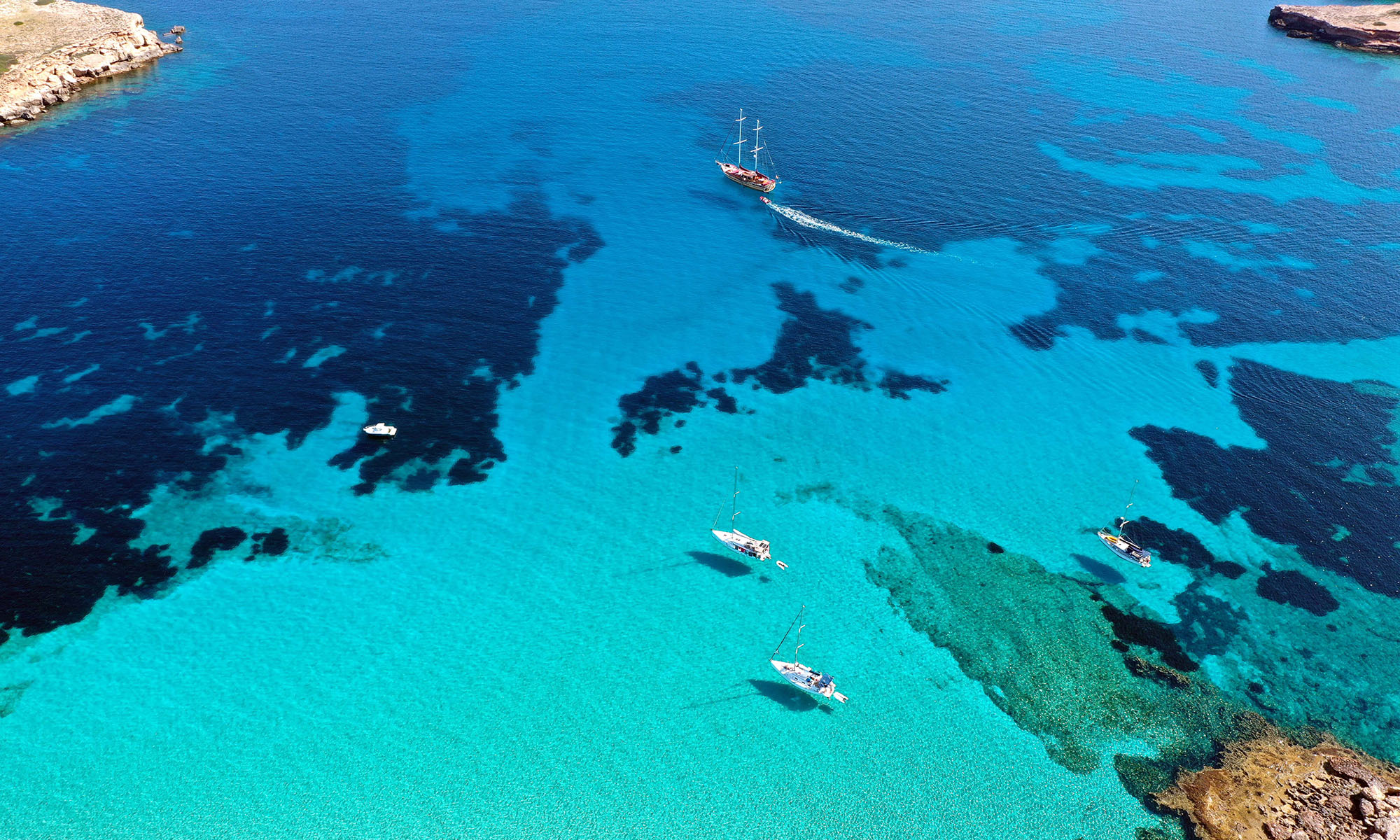
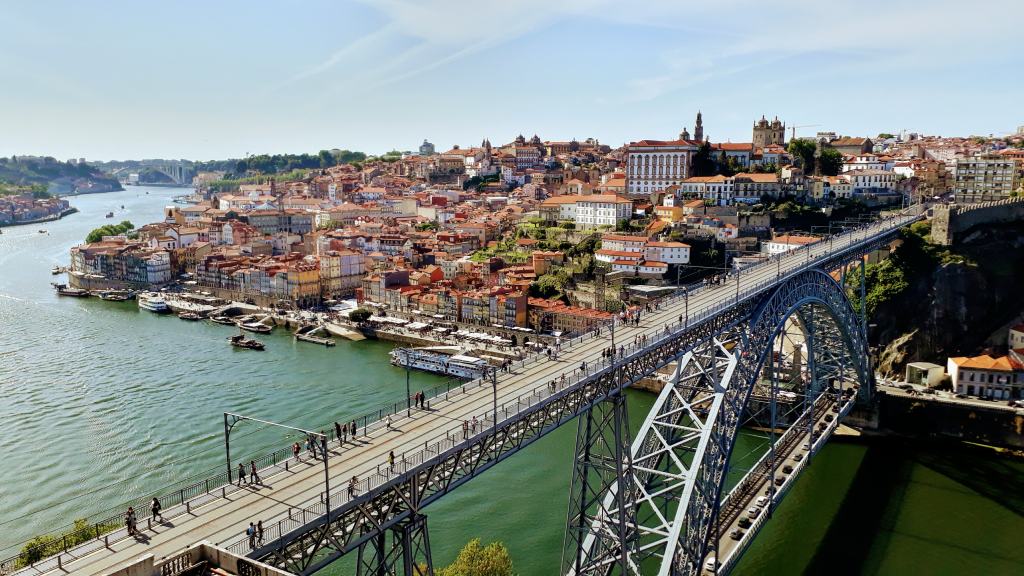
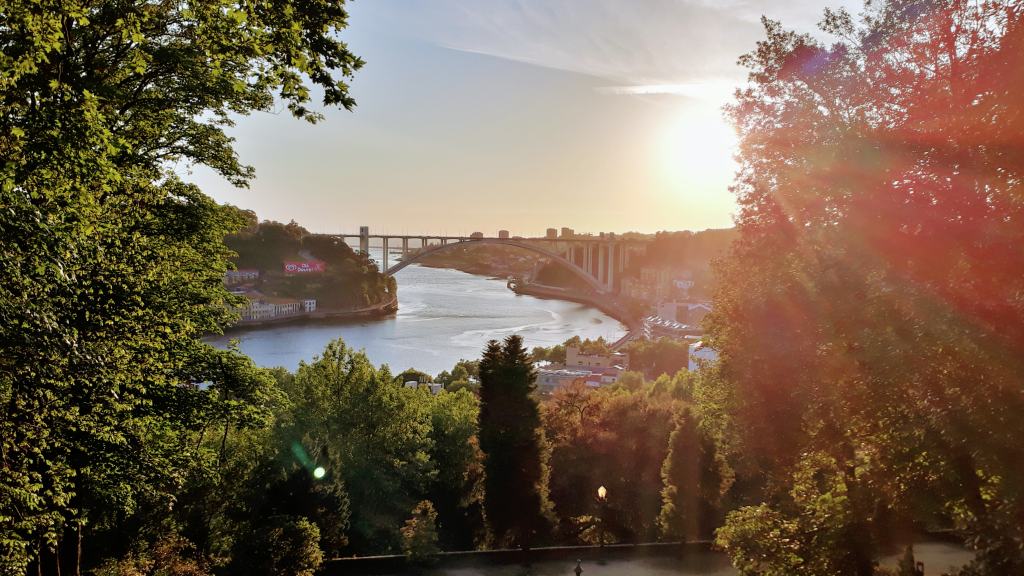

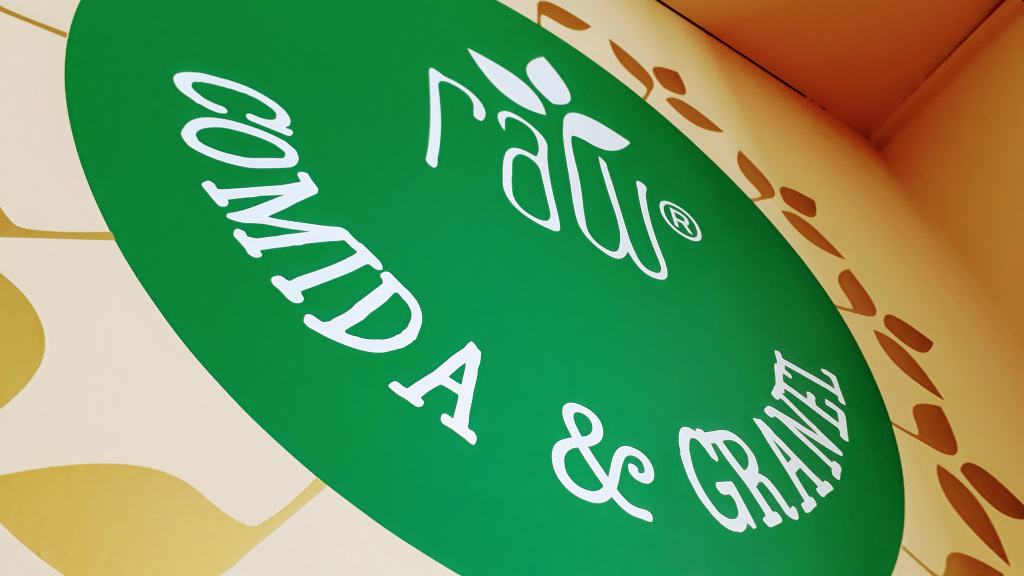


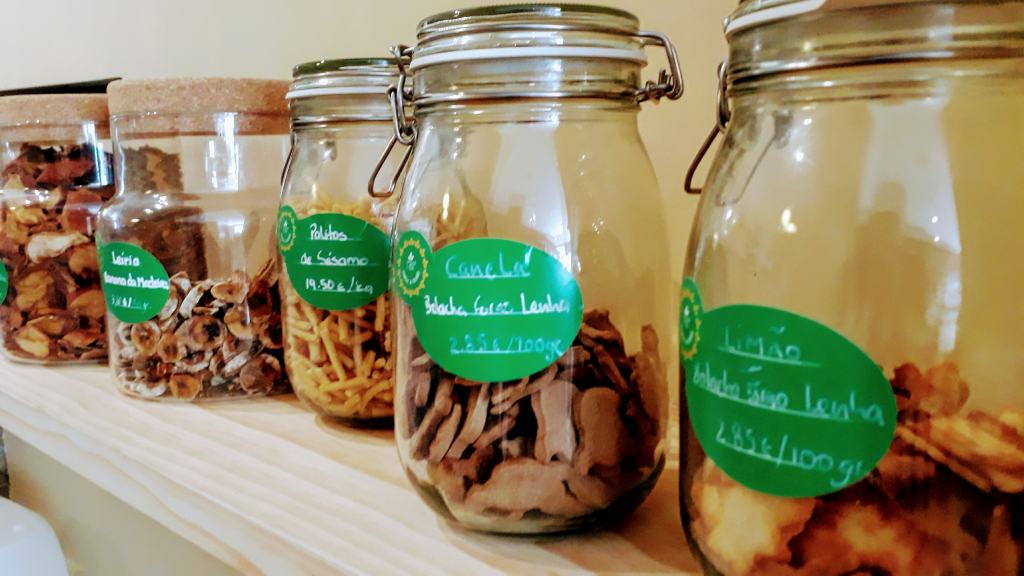


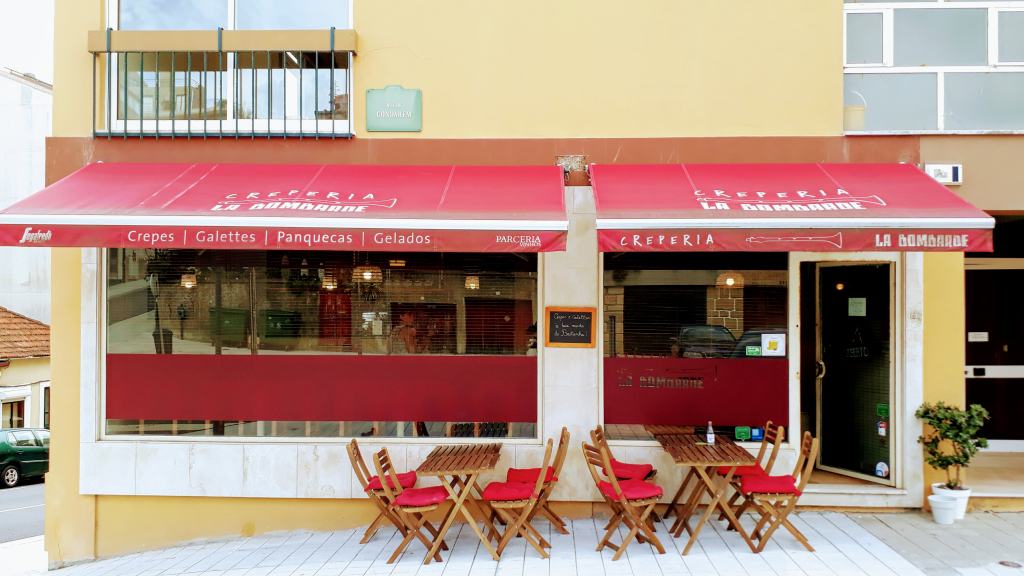


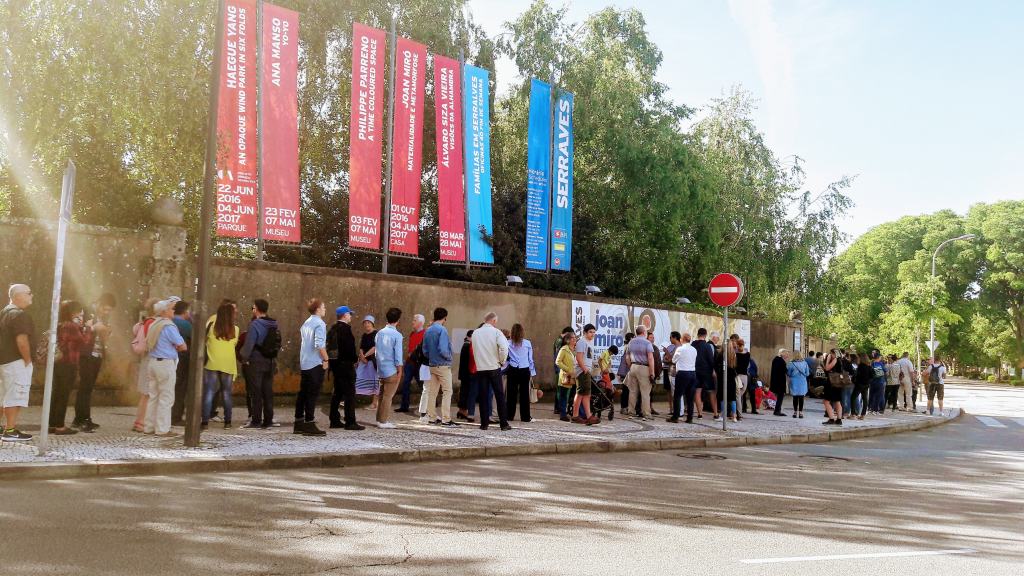
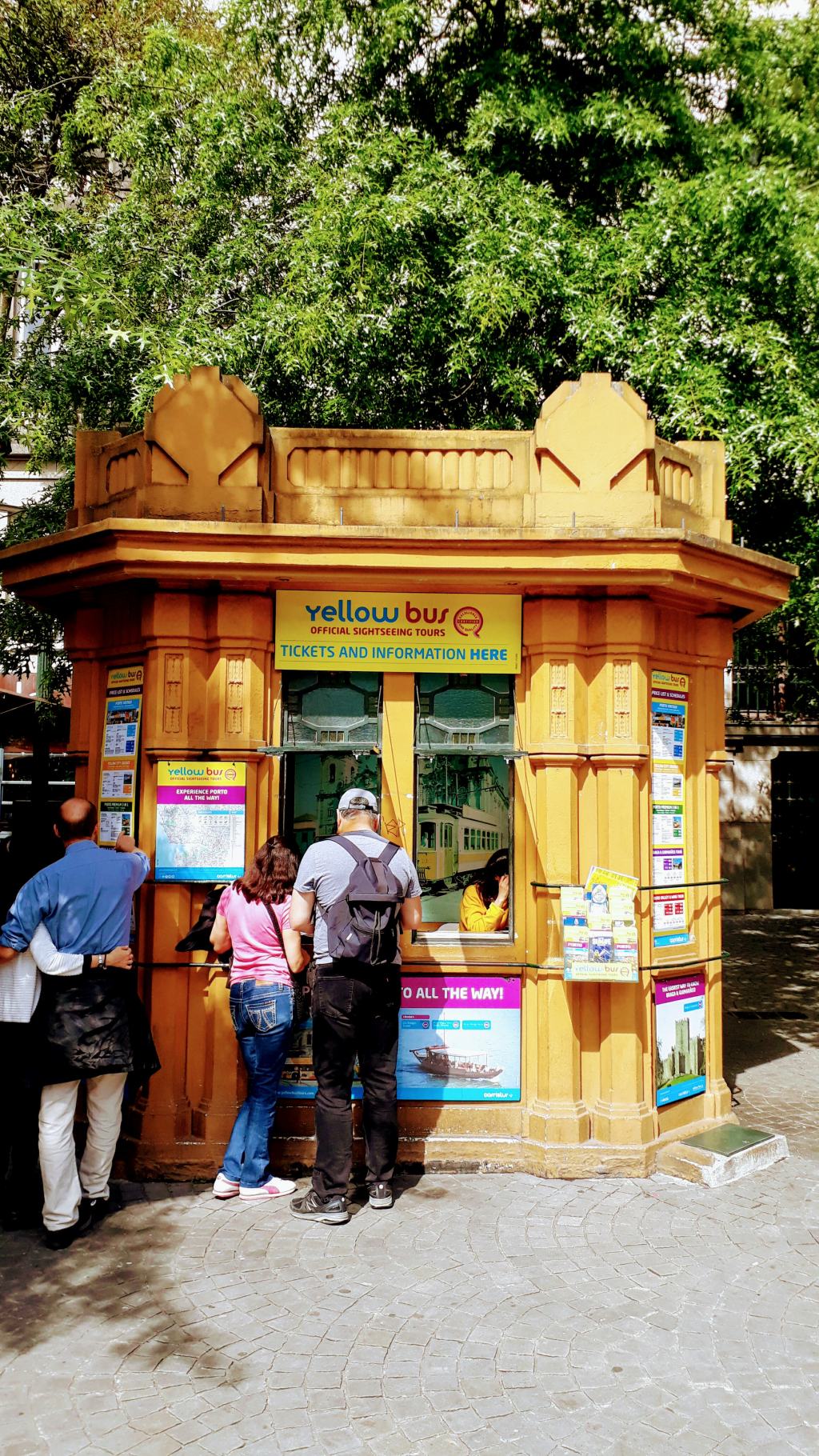





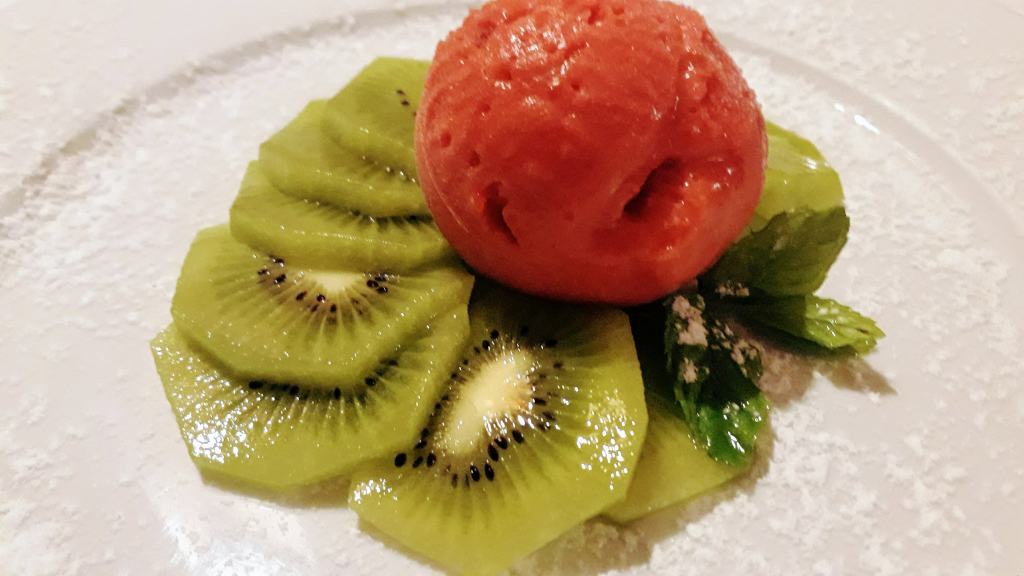

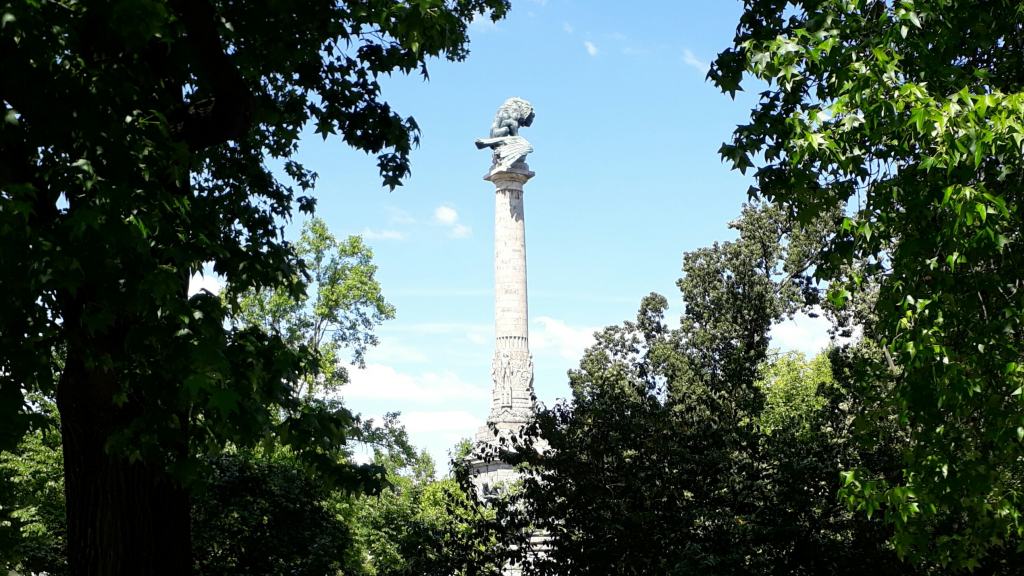
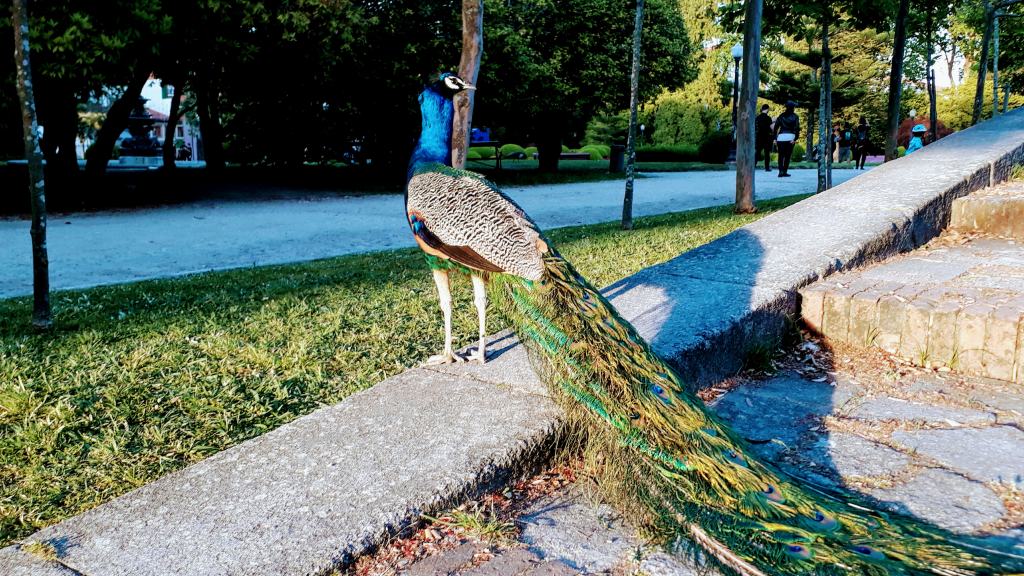













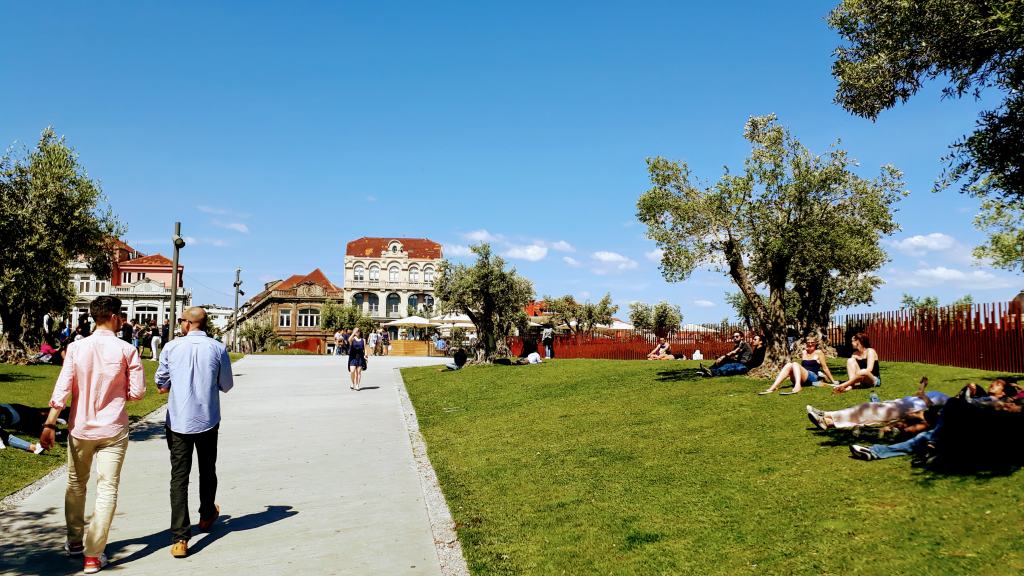

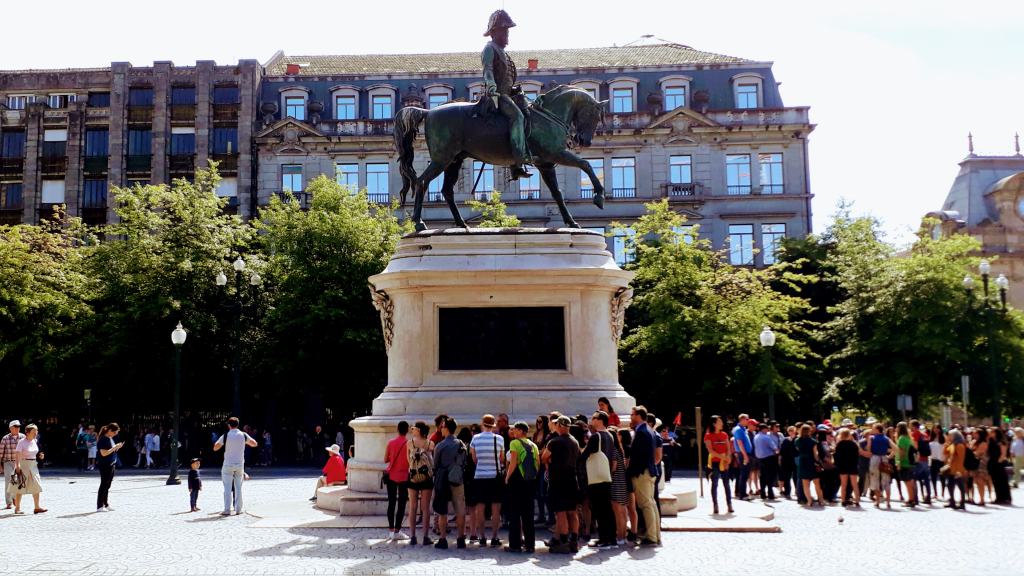
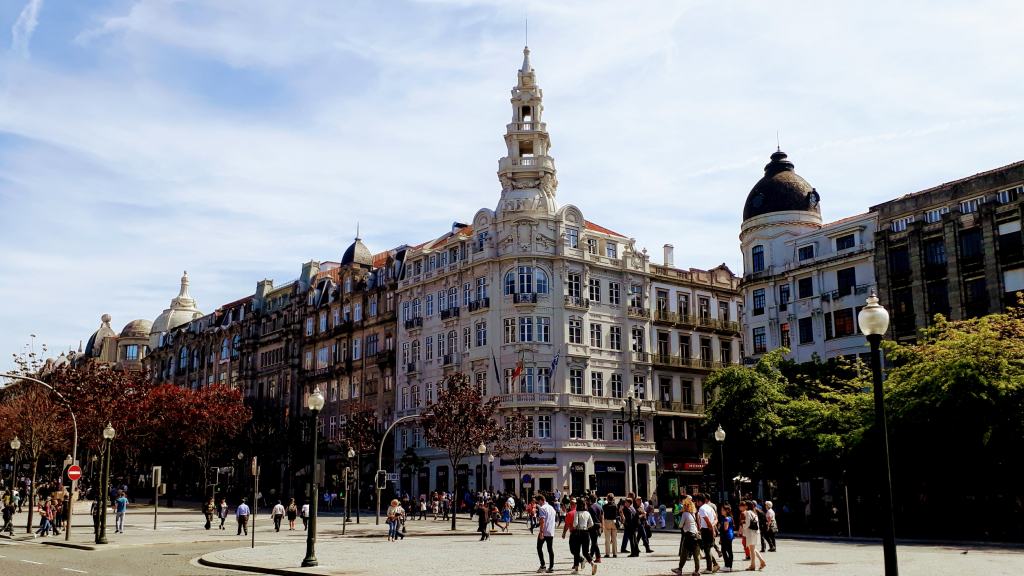
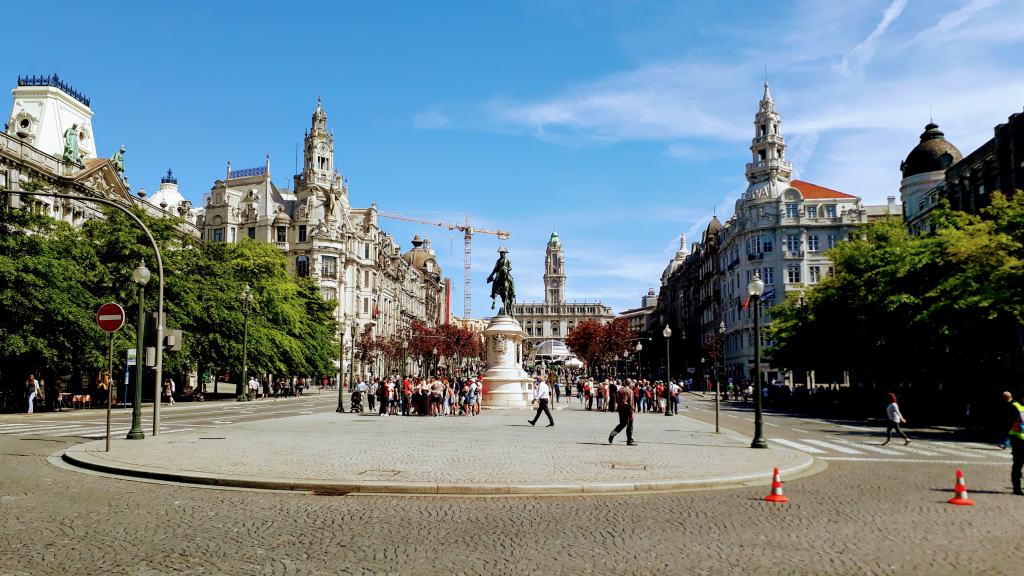

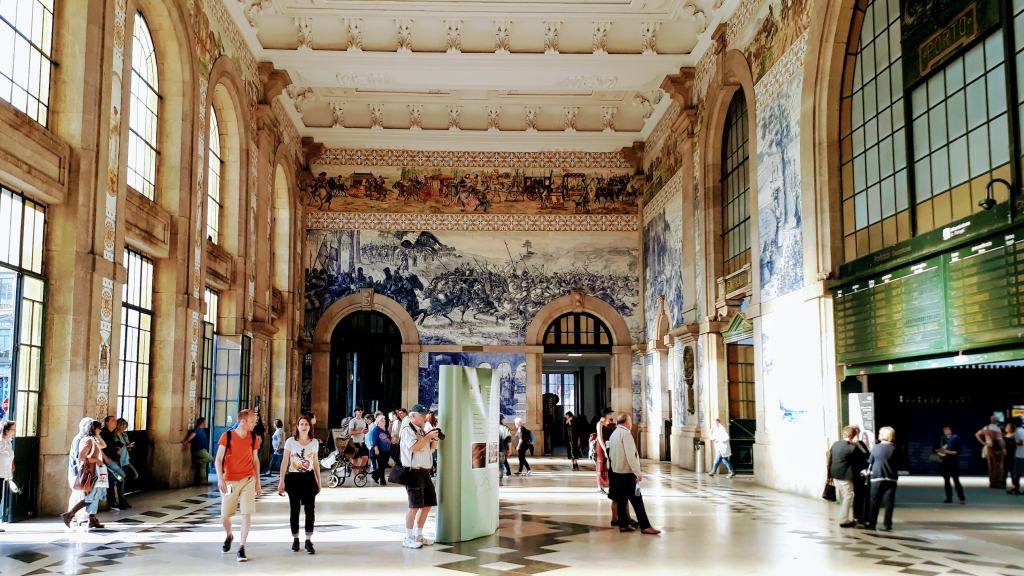
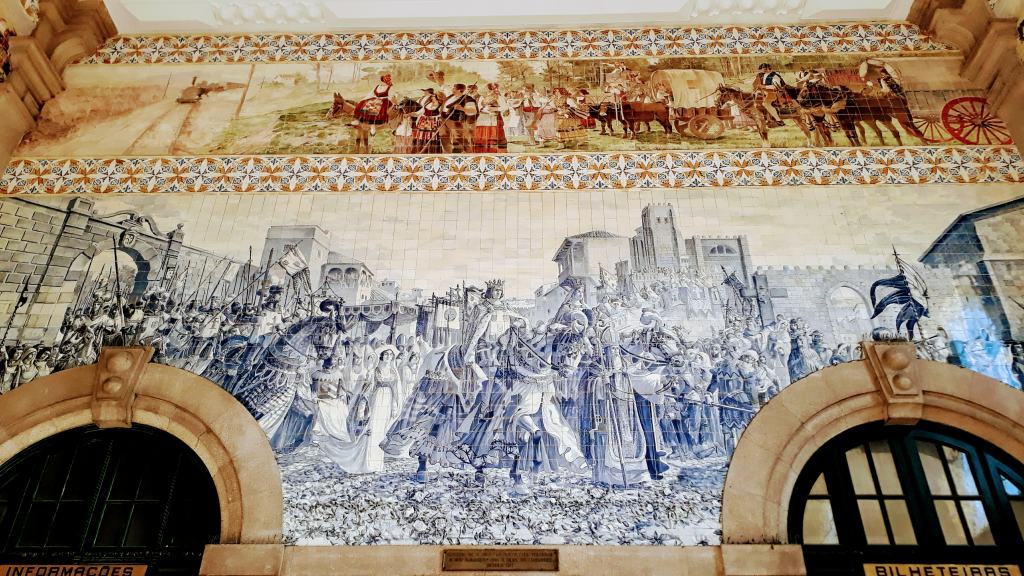
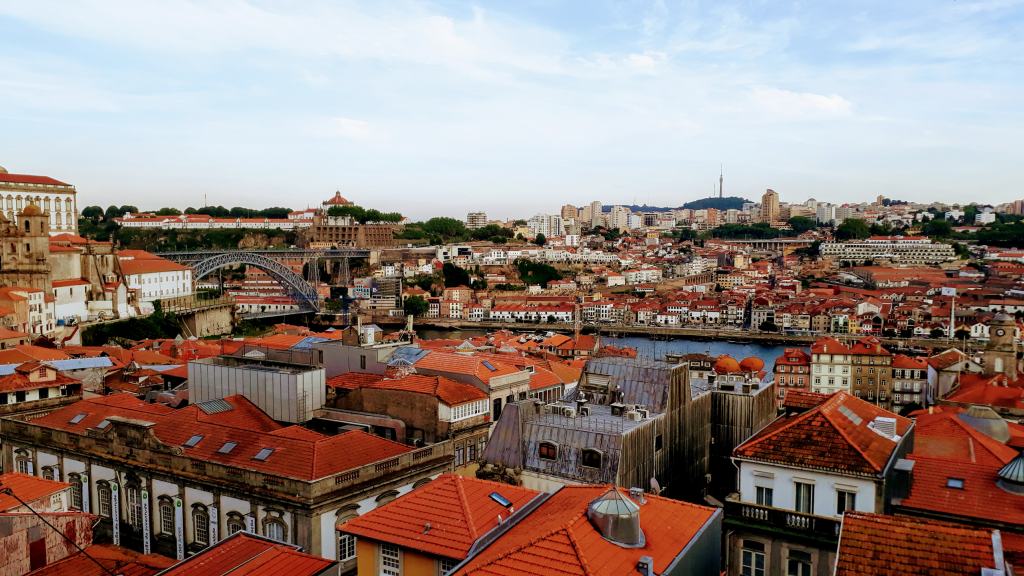
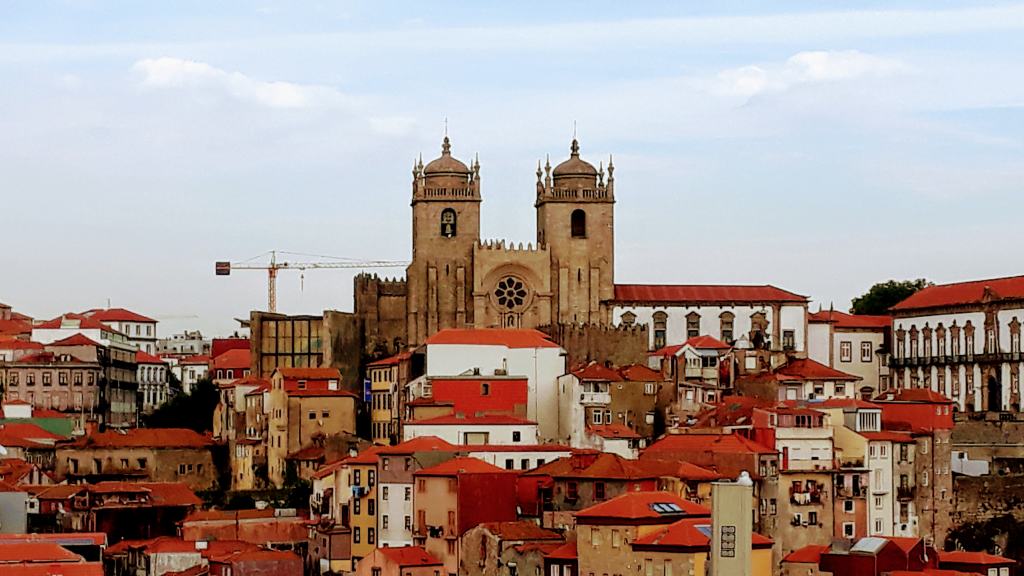

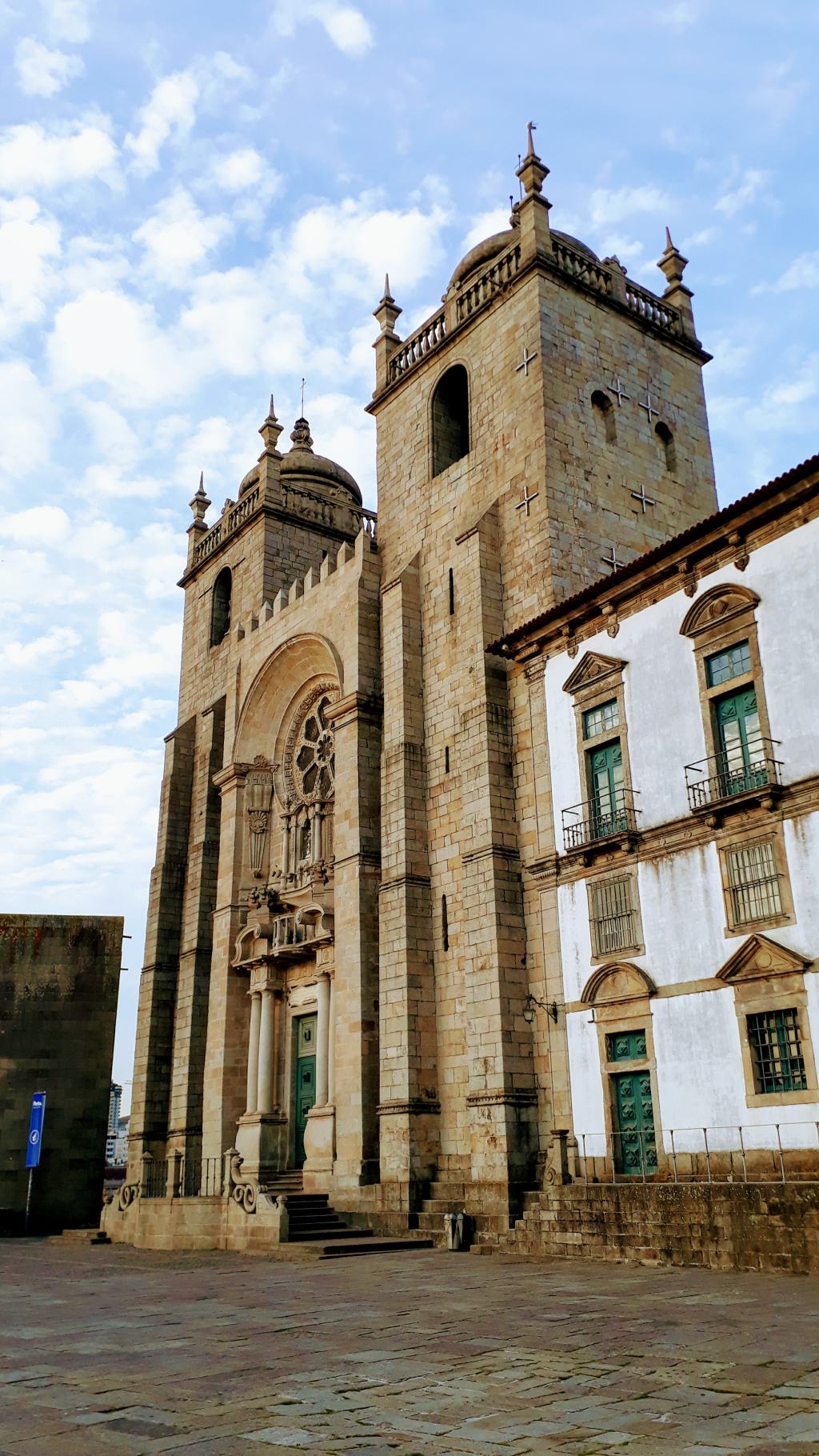

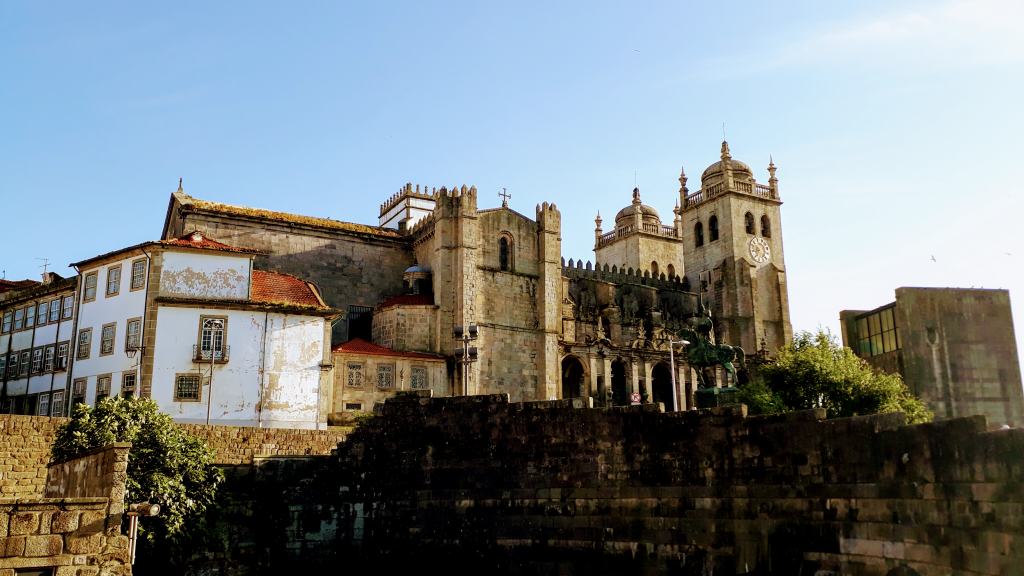
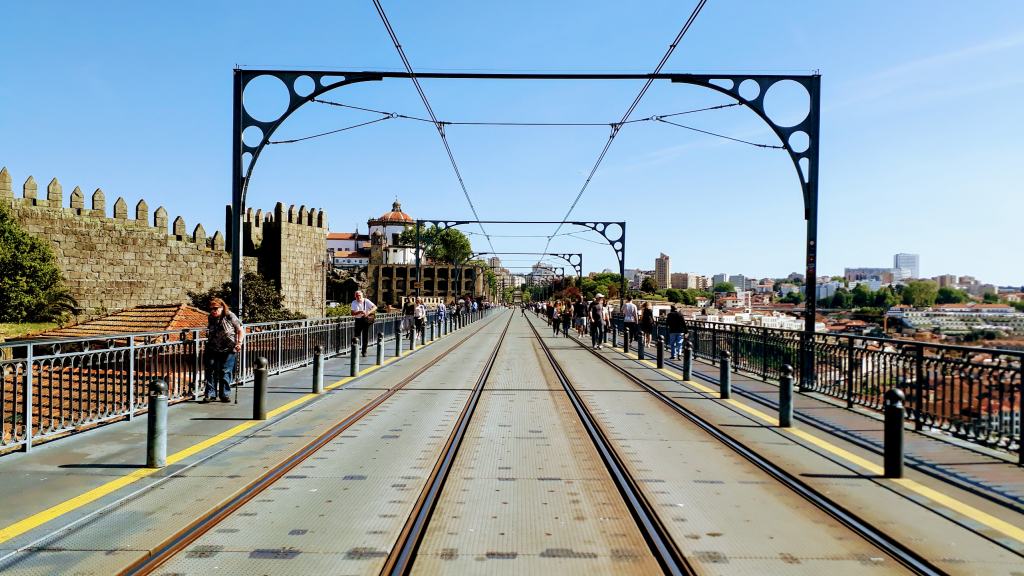
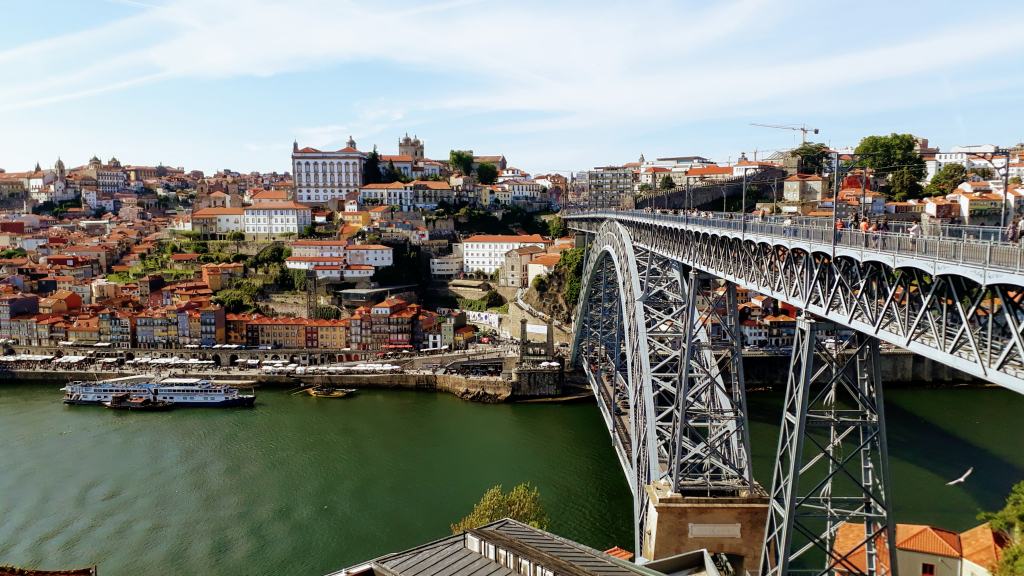
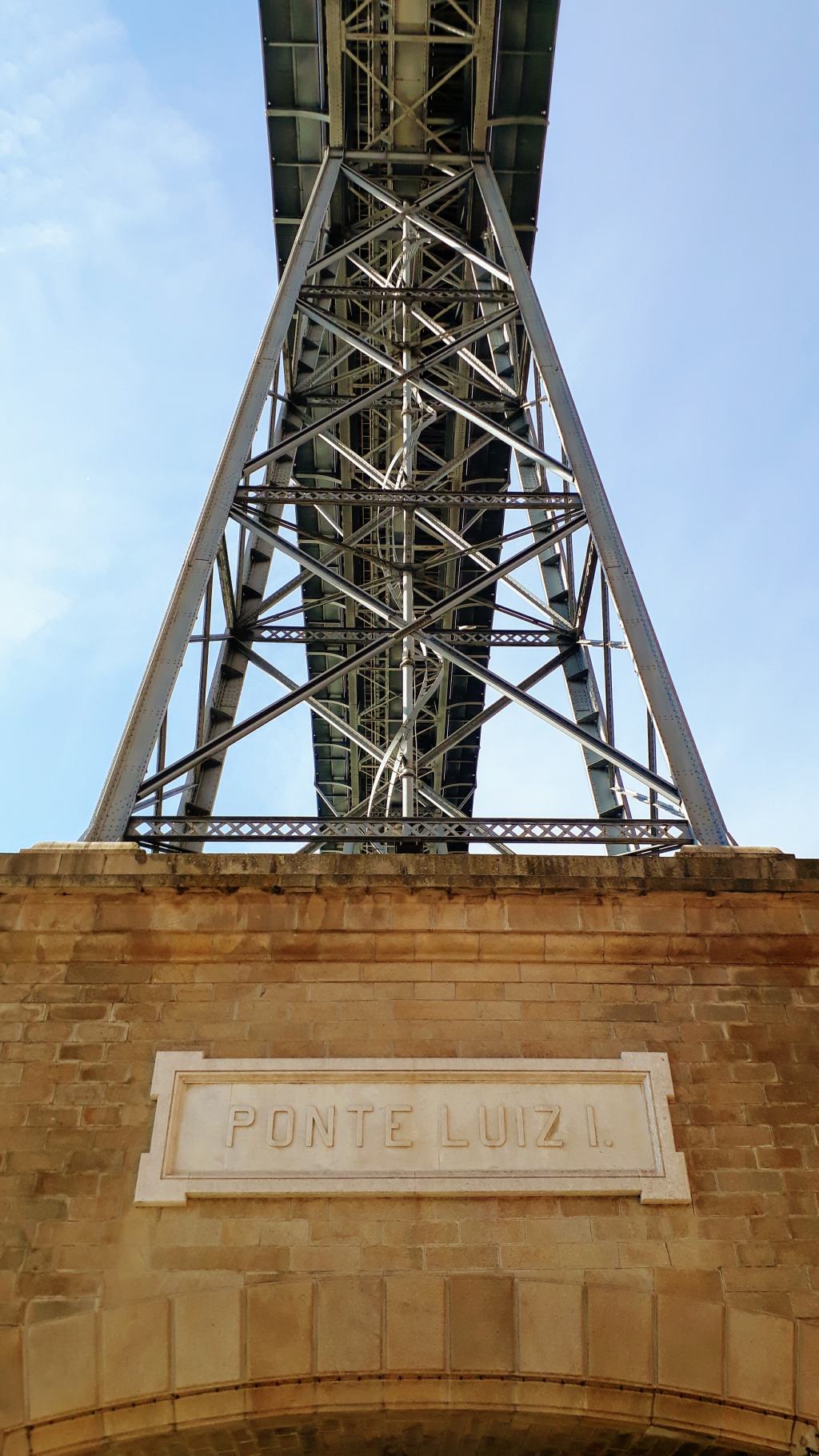
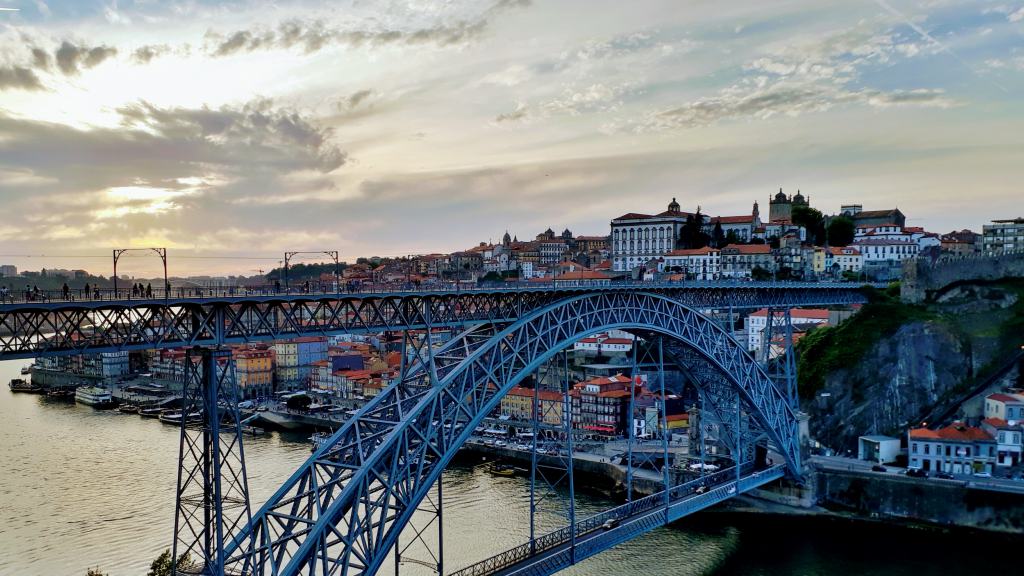
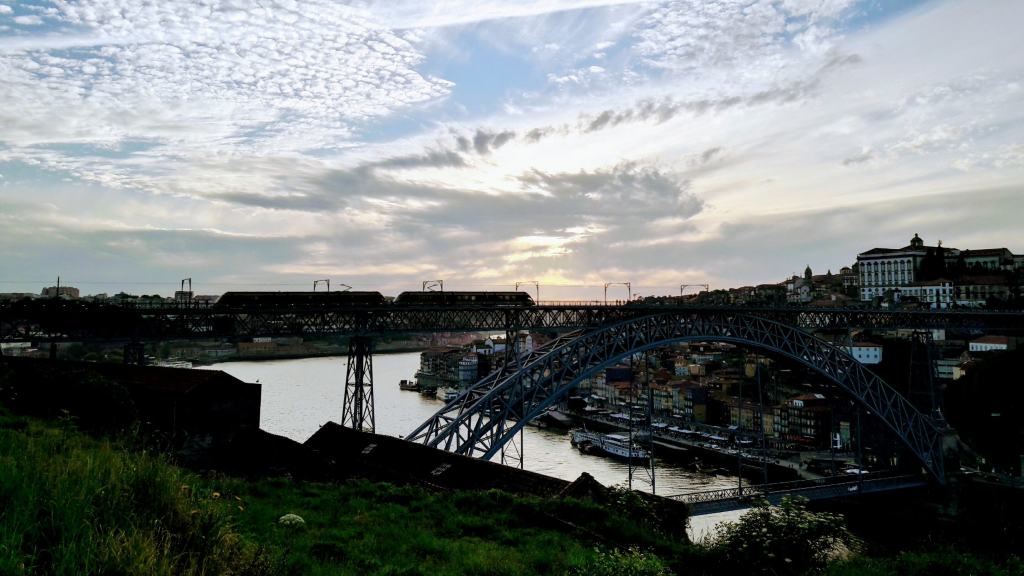
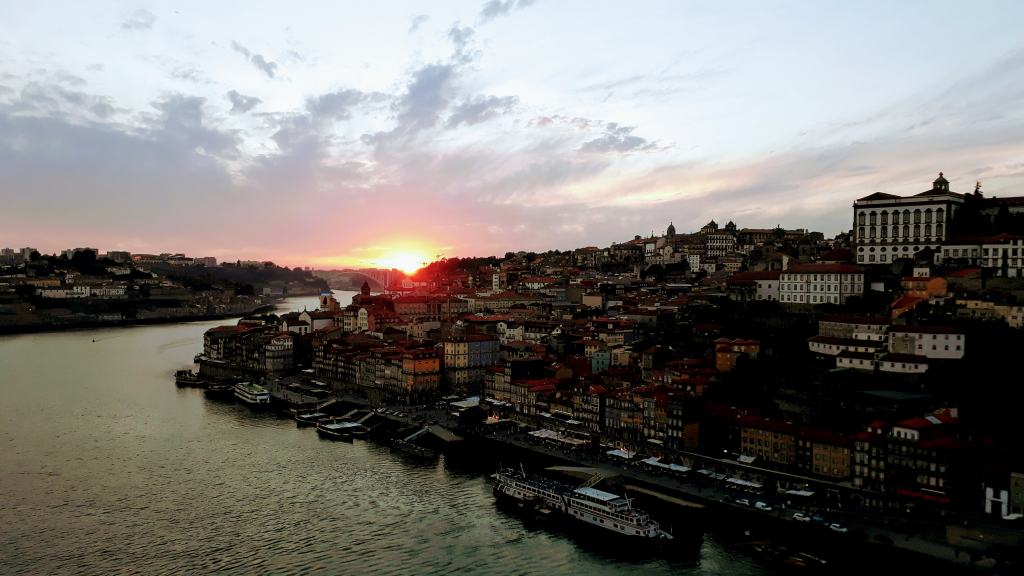
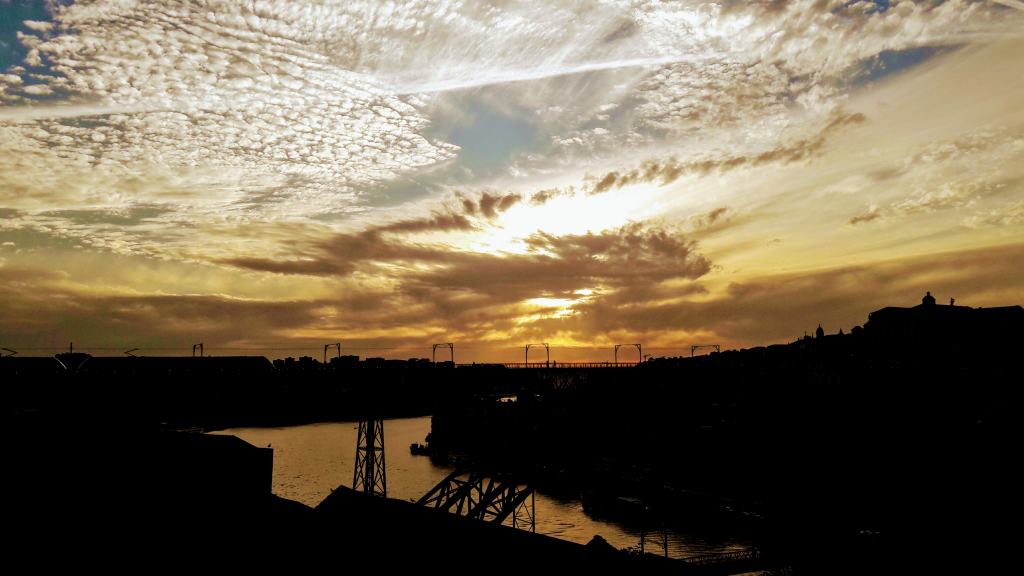
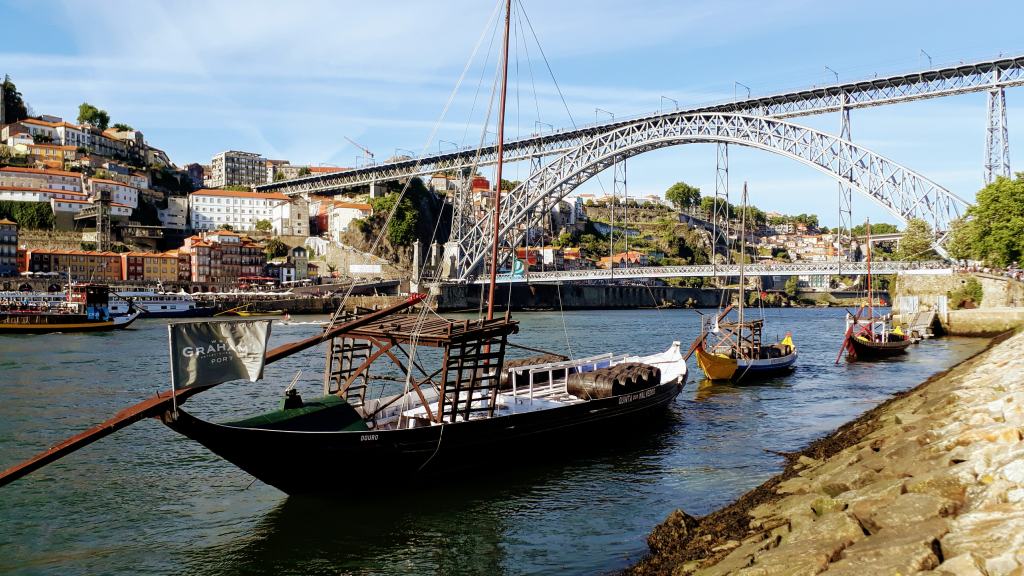
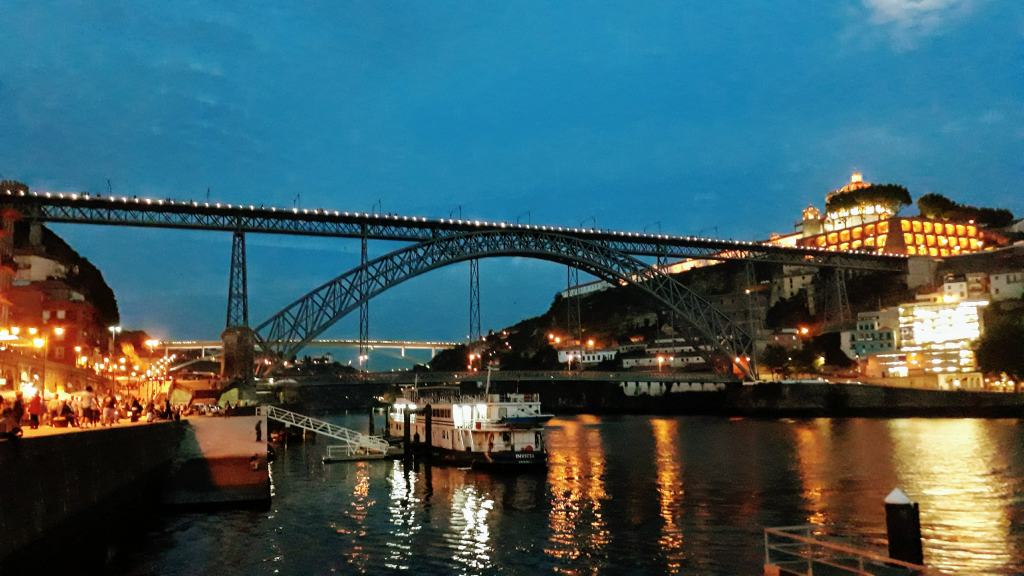
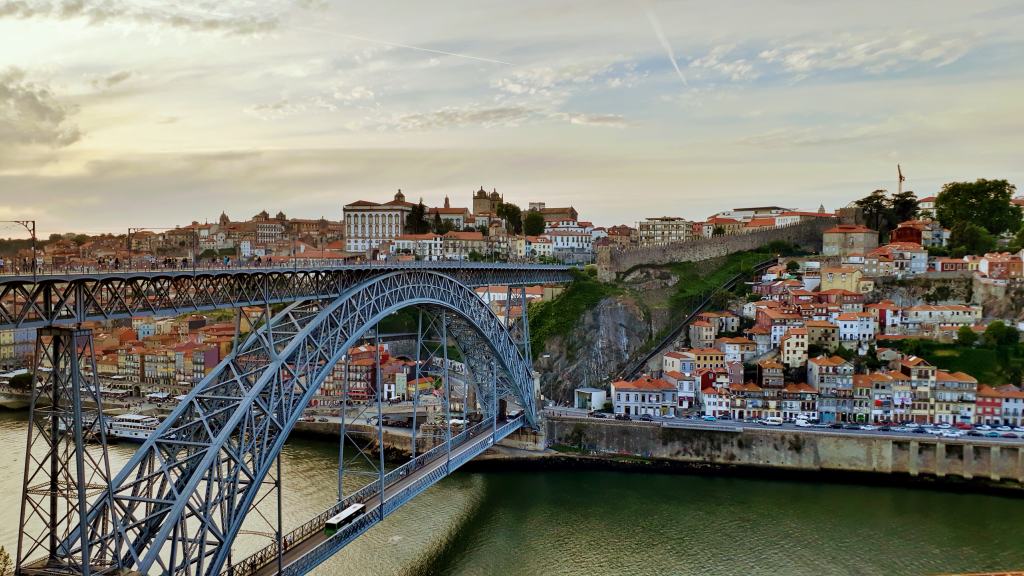
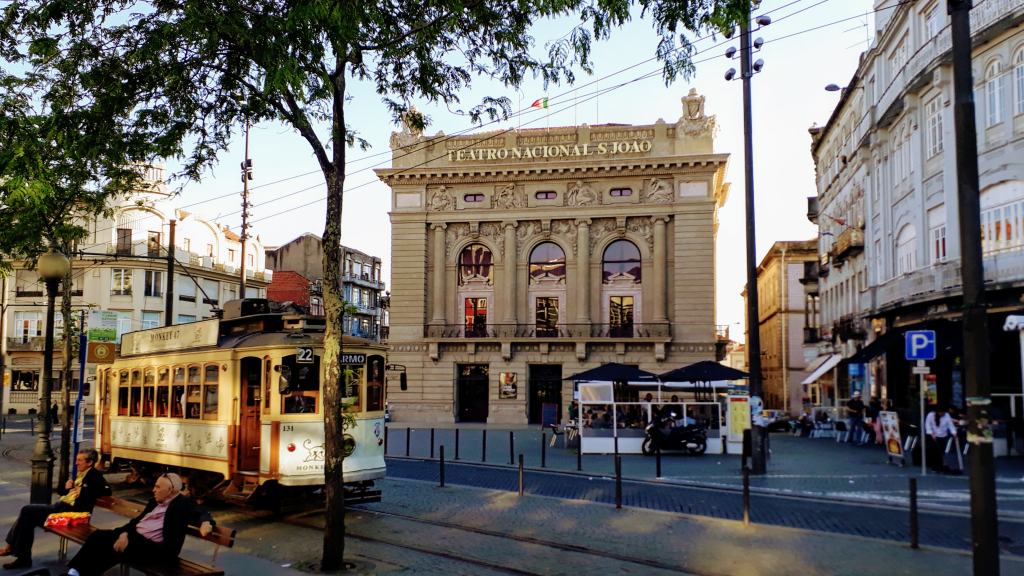

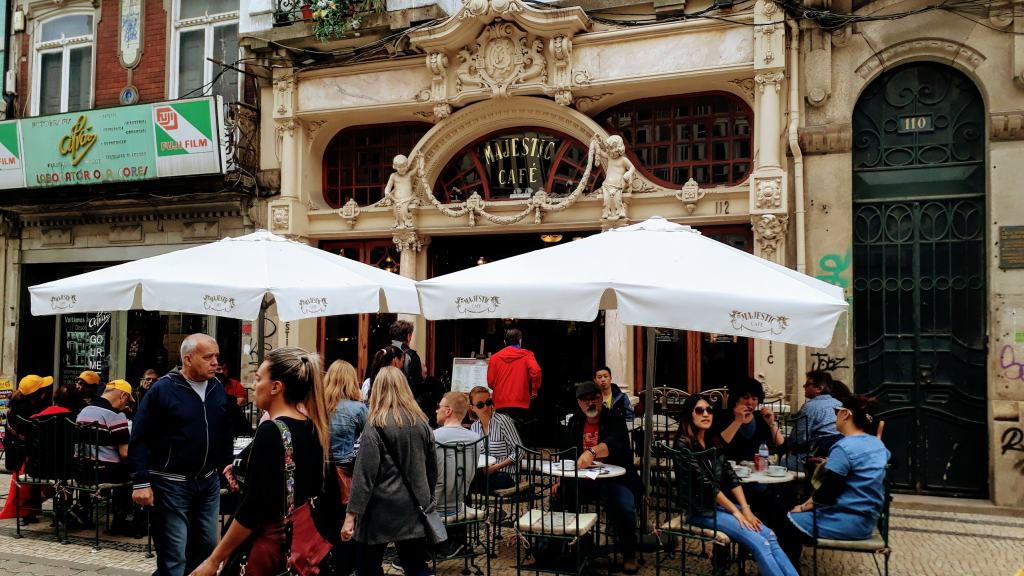



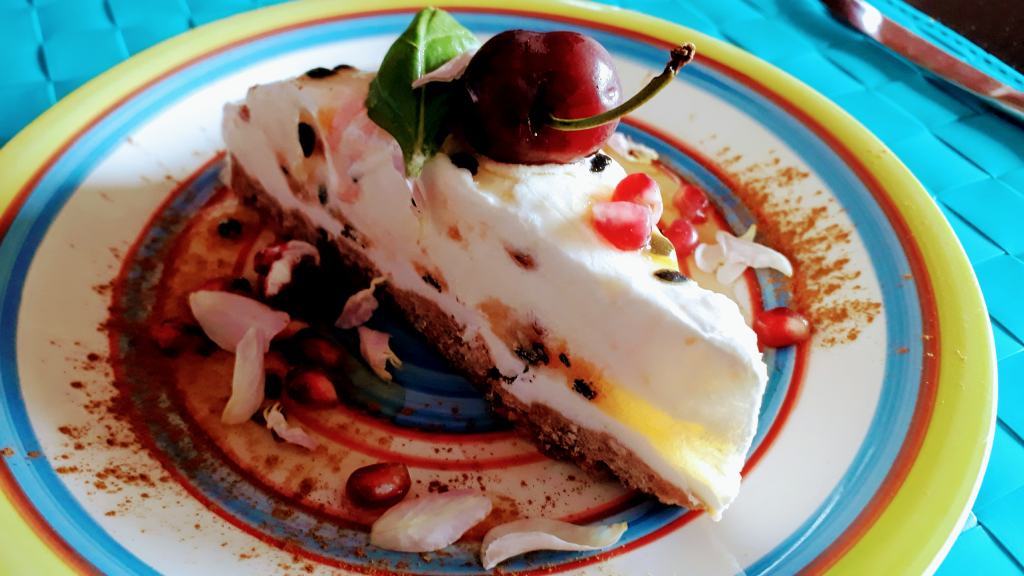
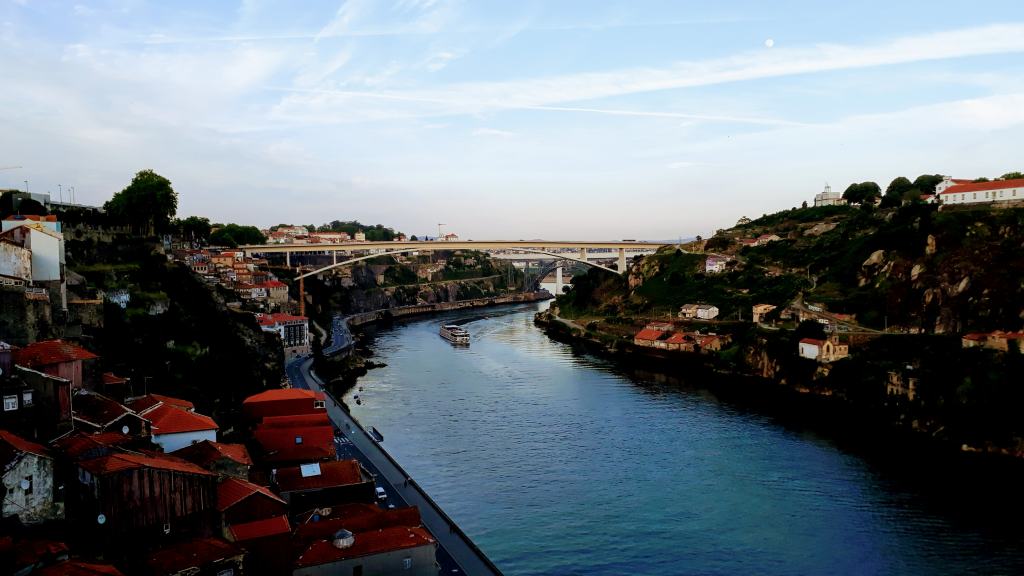
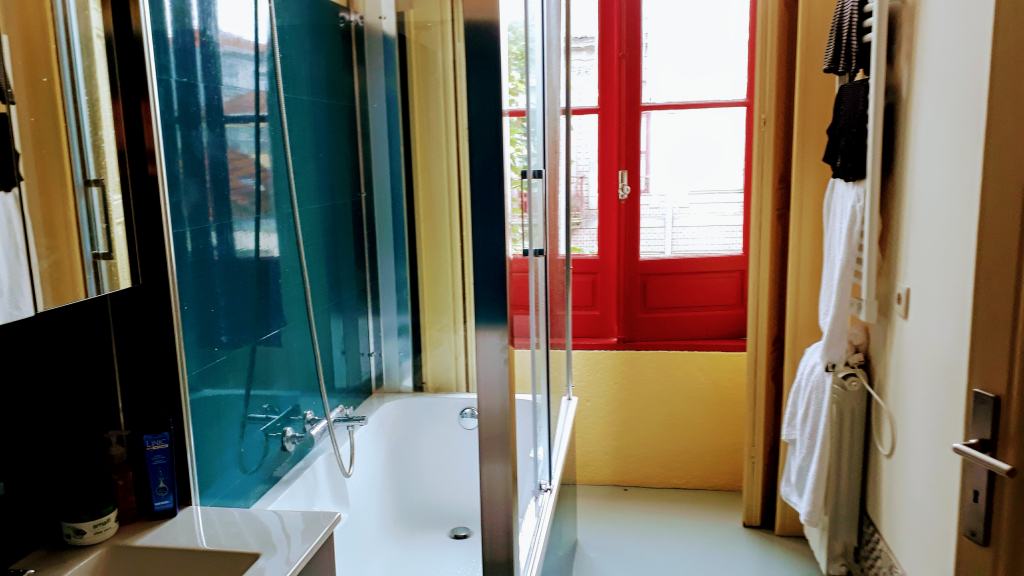
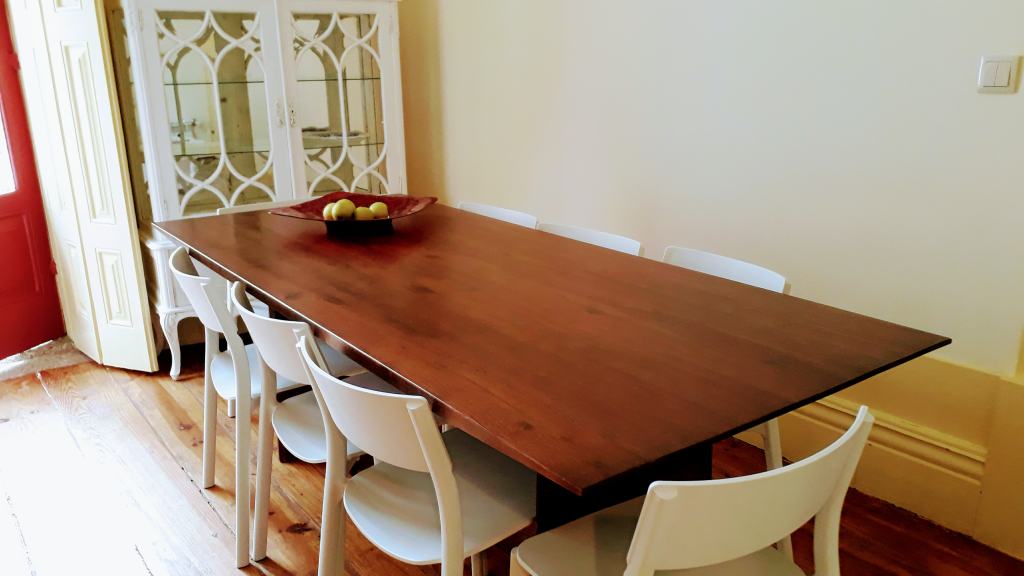
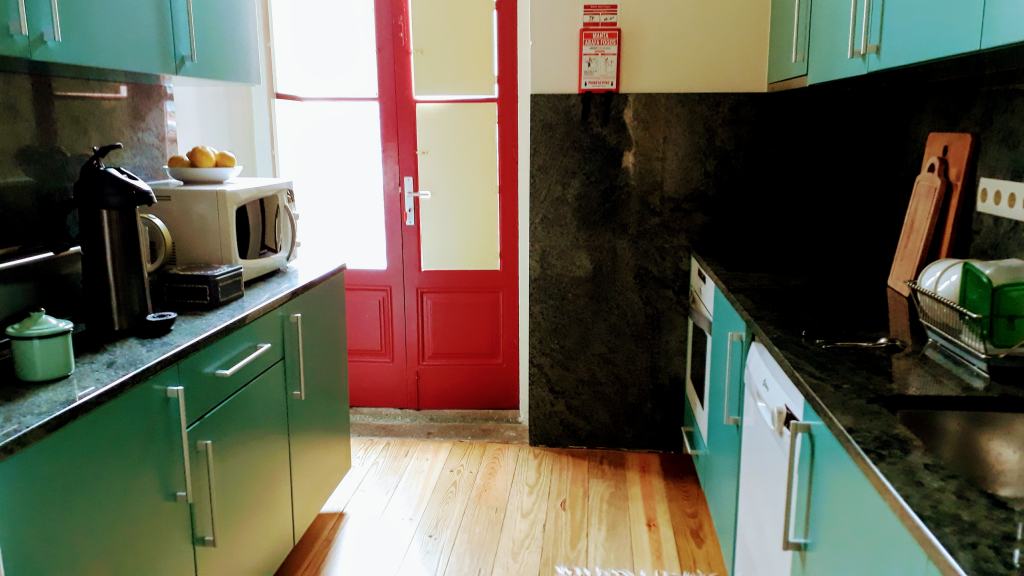
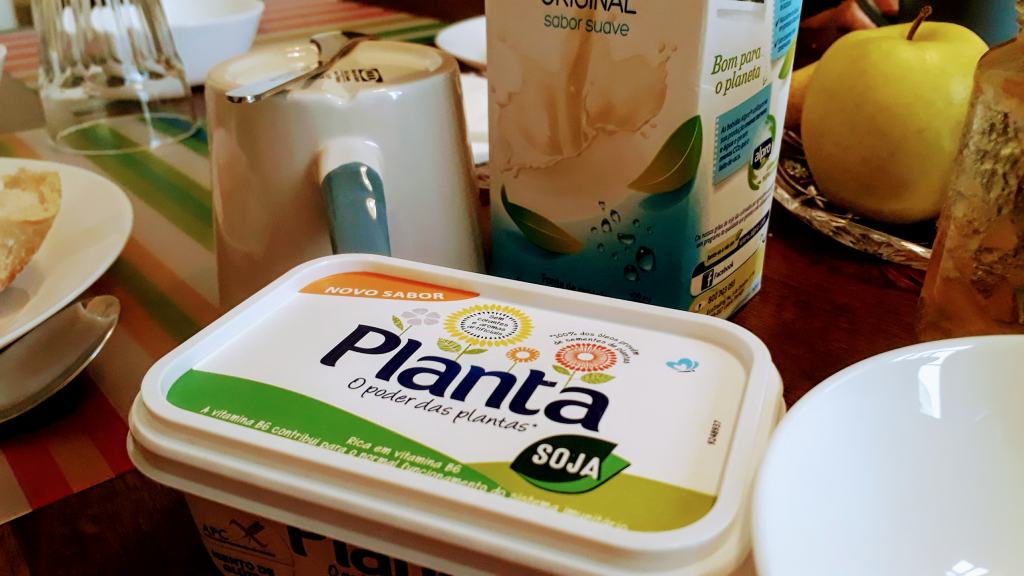
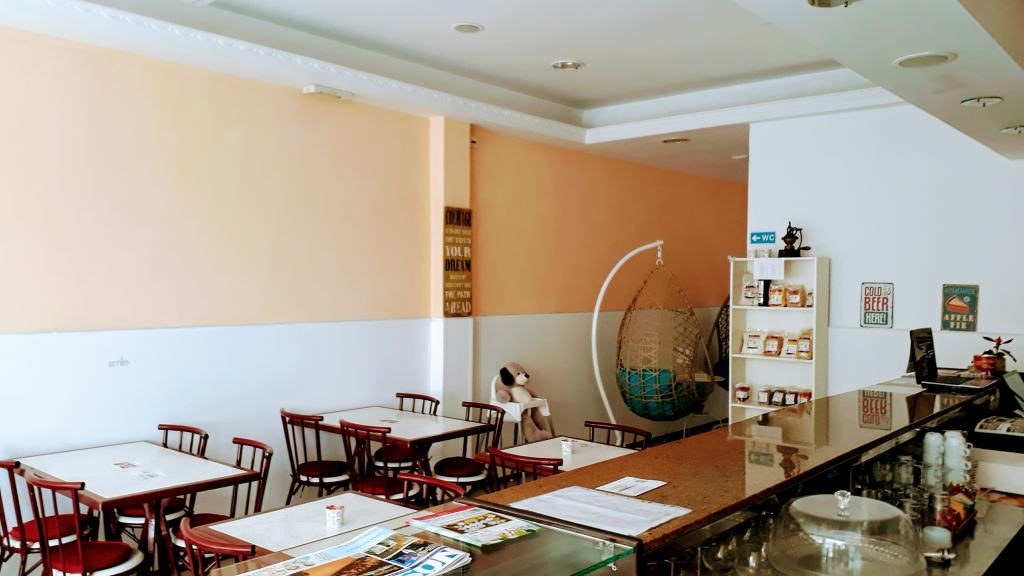


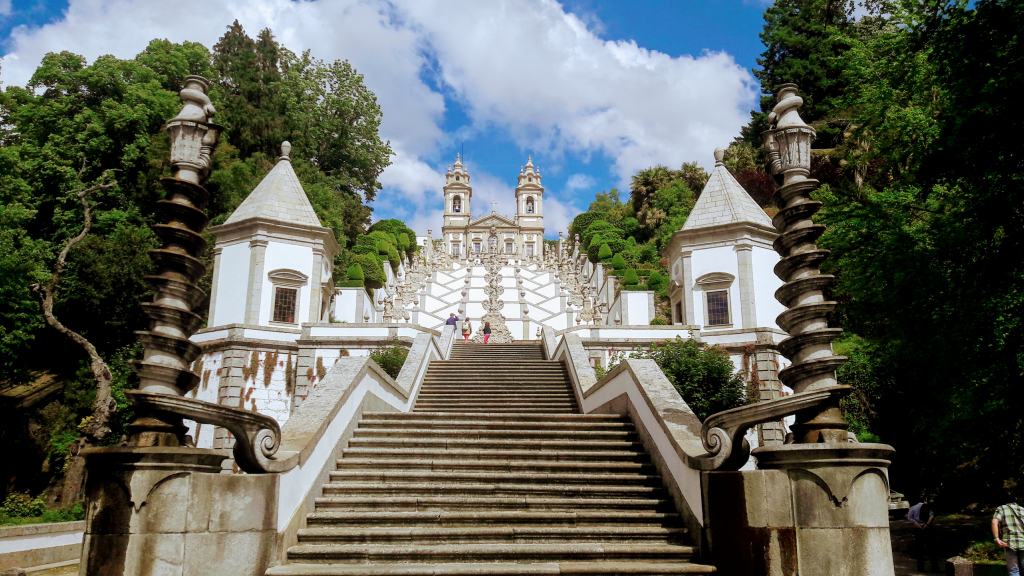
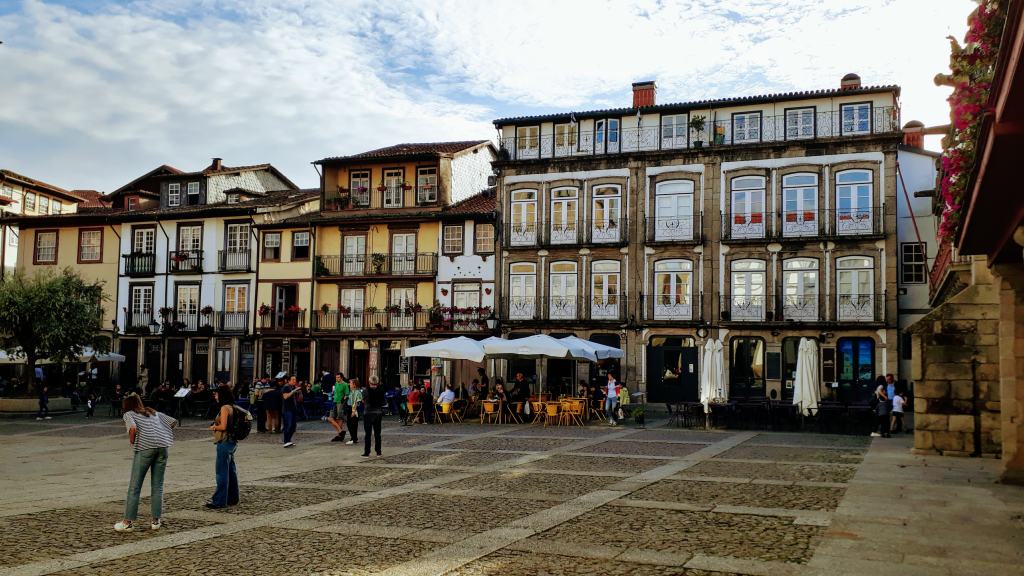
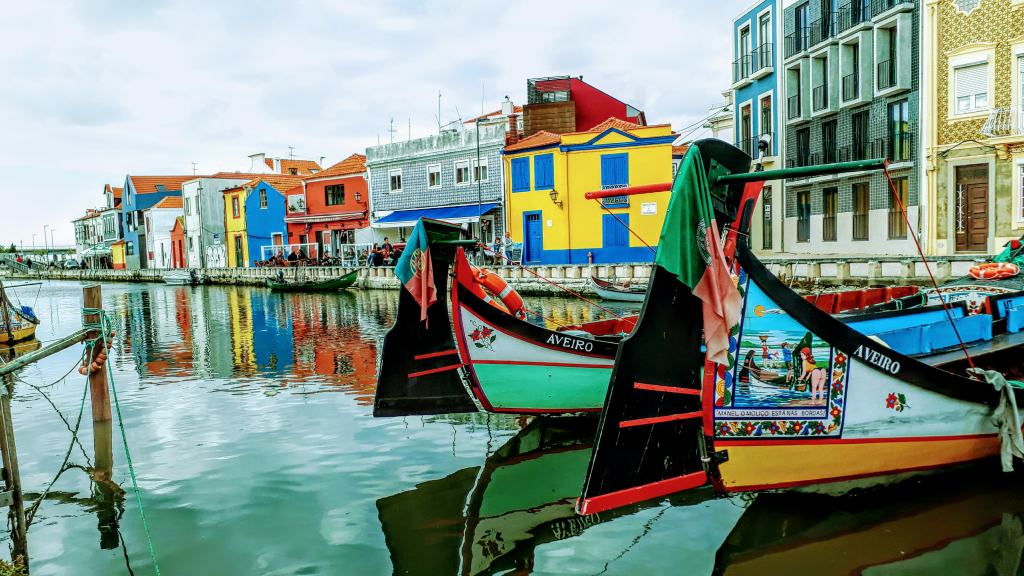
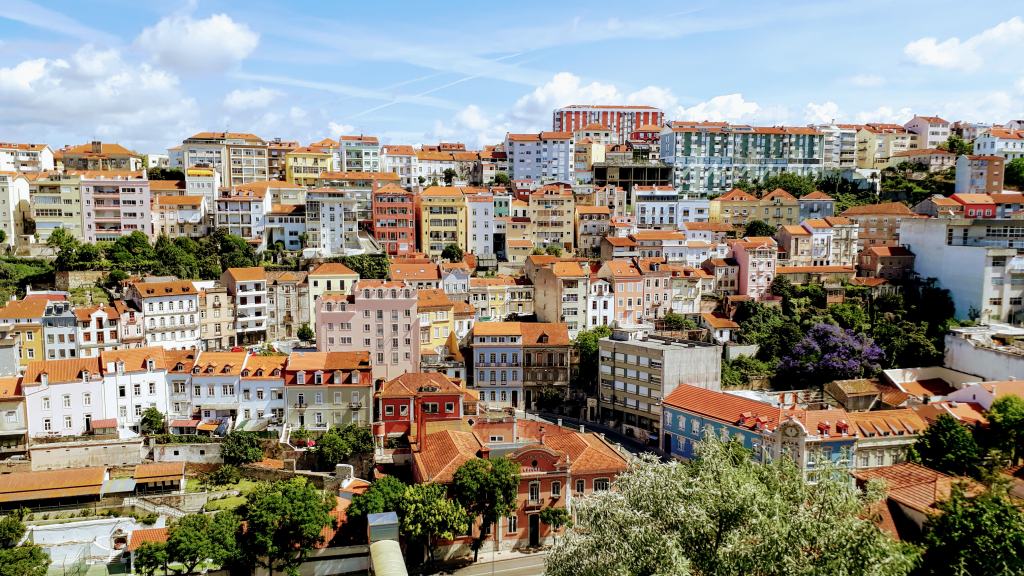
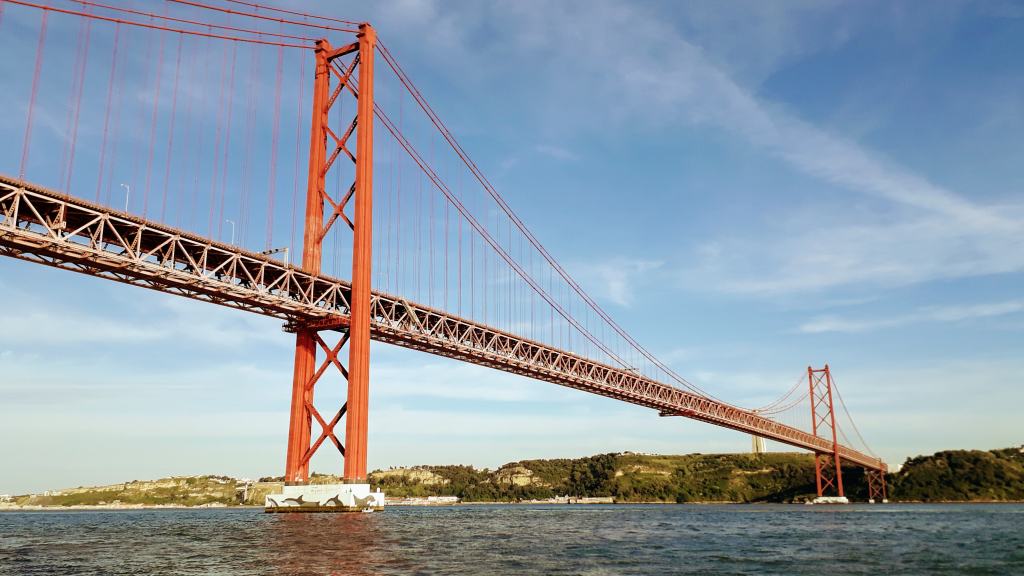
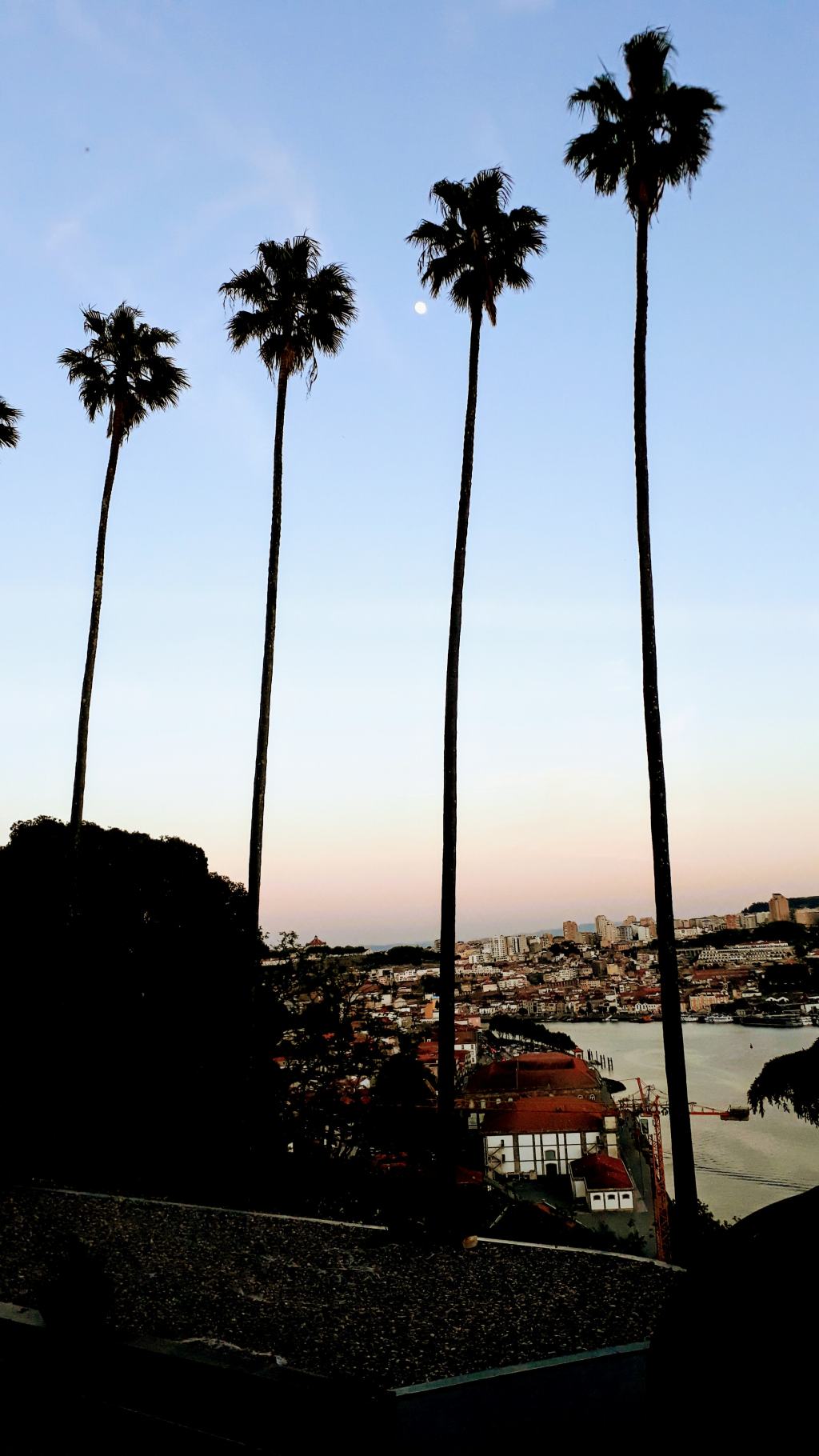
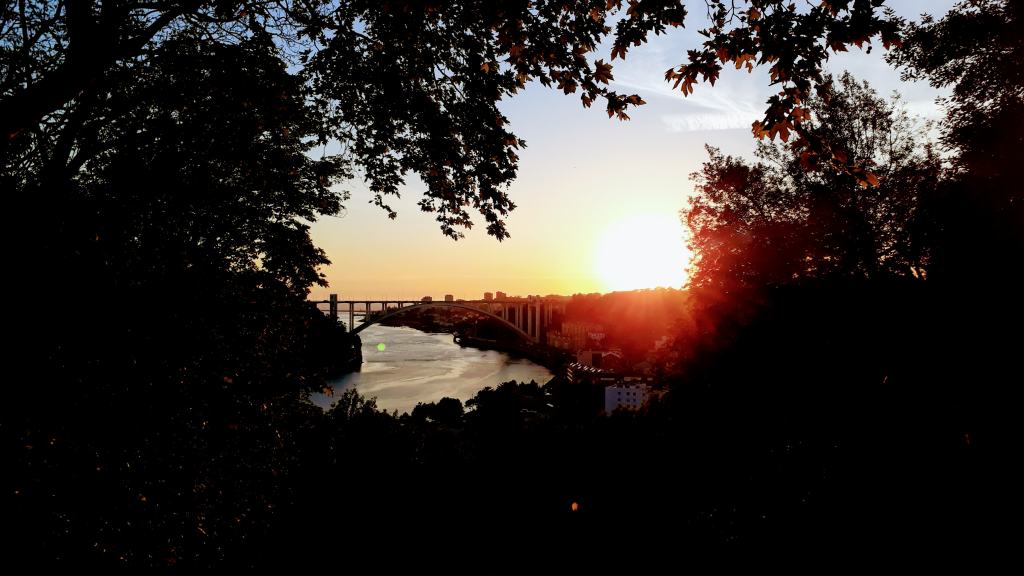

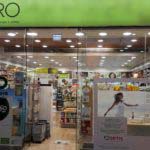
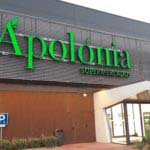

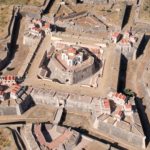
The food looks amazing!
Thank you, Adrienne!
You know that portuguese say it’s expensive because the minimum wage is €3 per hour, and the unemployment rate is high. So the cost of living is a little different 😉
Are there any good vegetarian restaurants right in Porto and not at the beach?
Thank you
Of course there are! Maybe you read only the first page? On the second and third page we wrote about O Caçula and Árvore do Mundo, both located right in Porto.